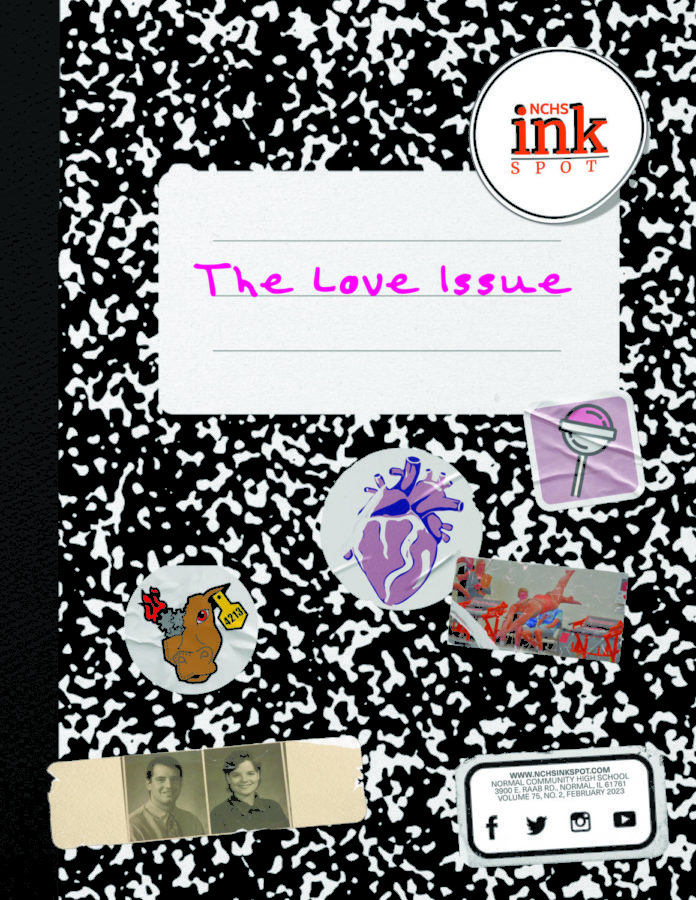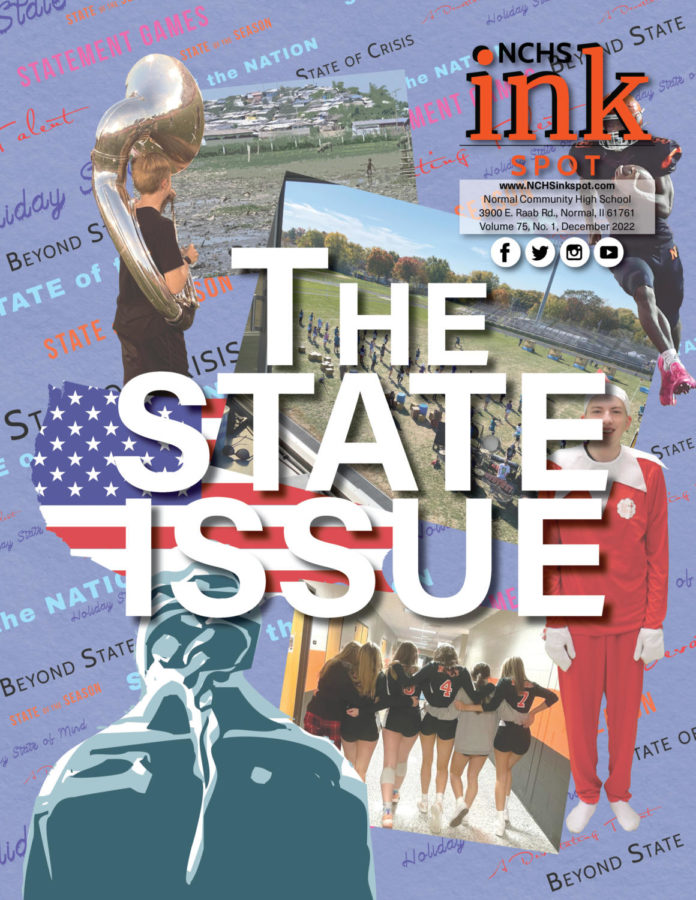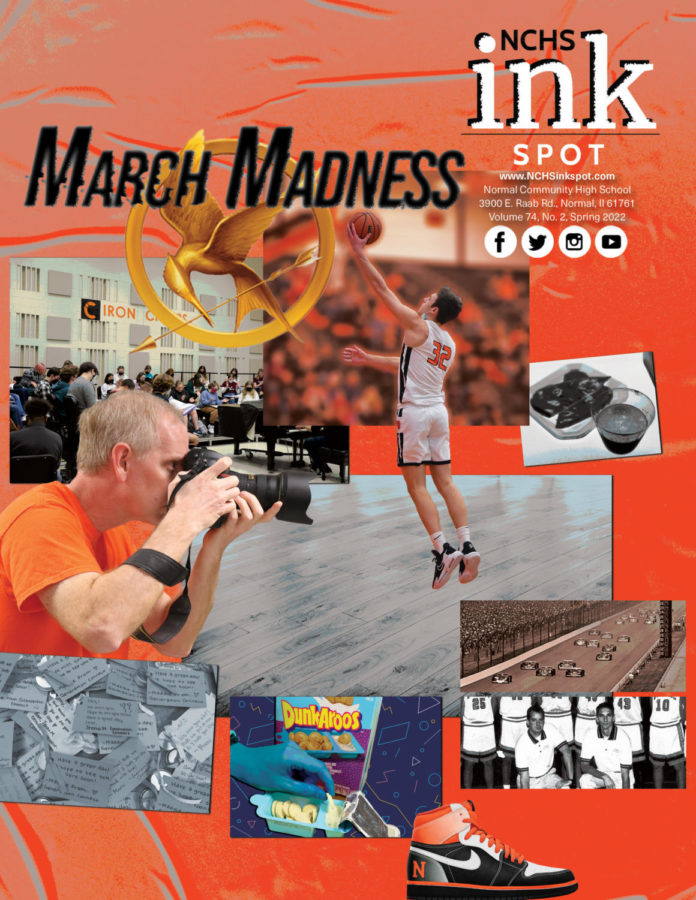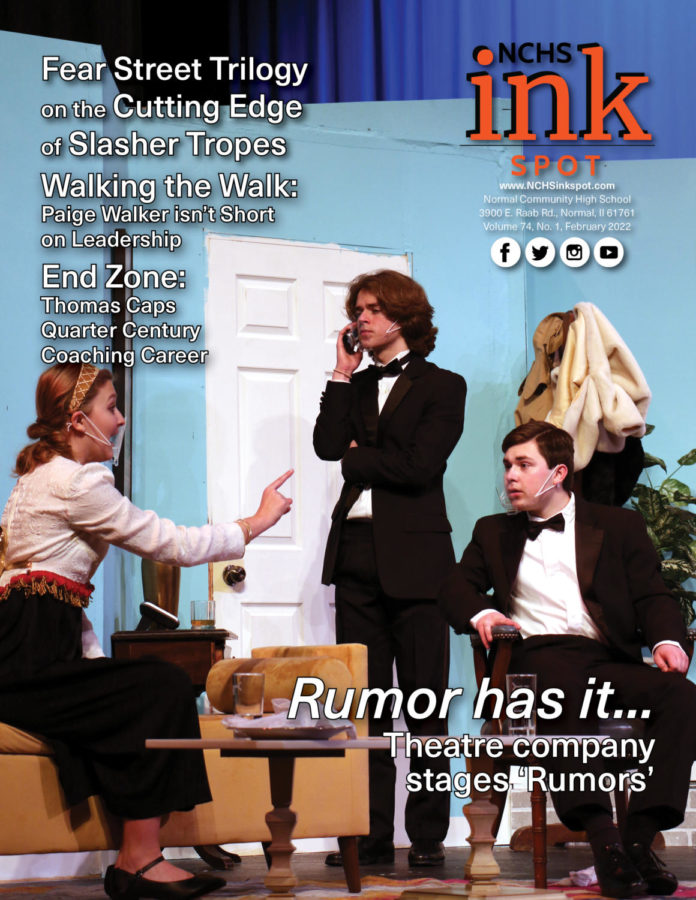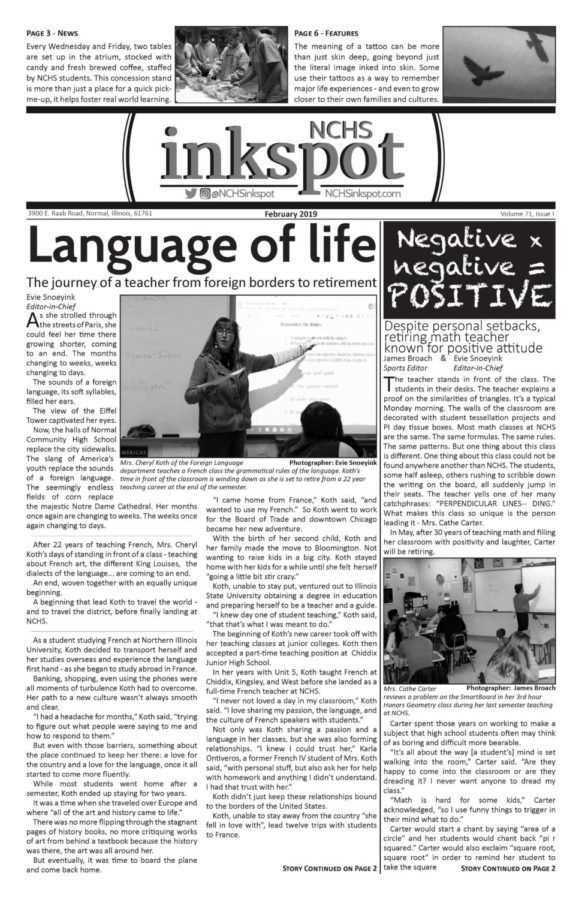A Q&A with Community teachers on their extra-curricular interests
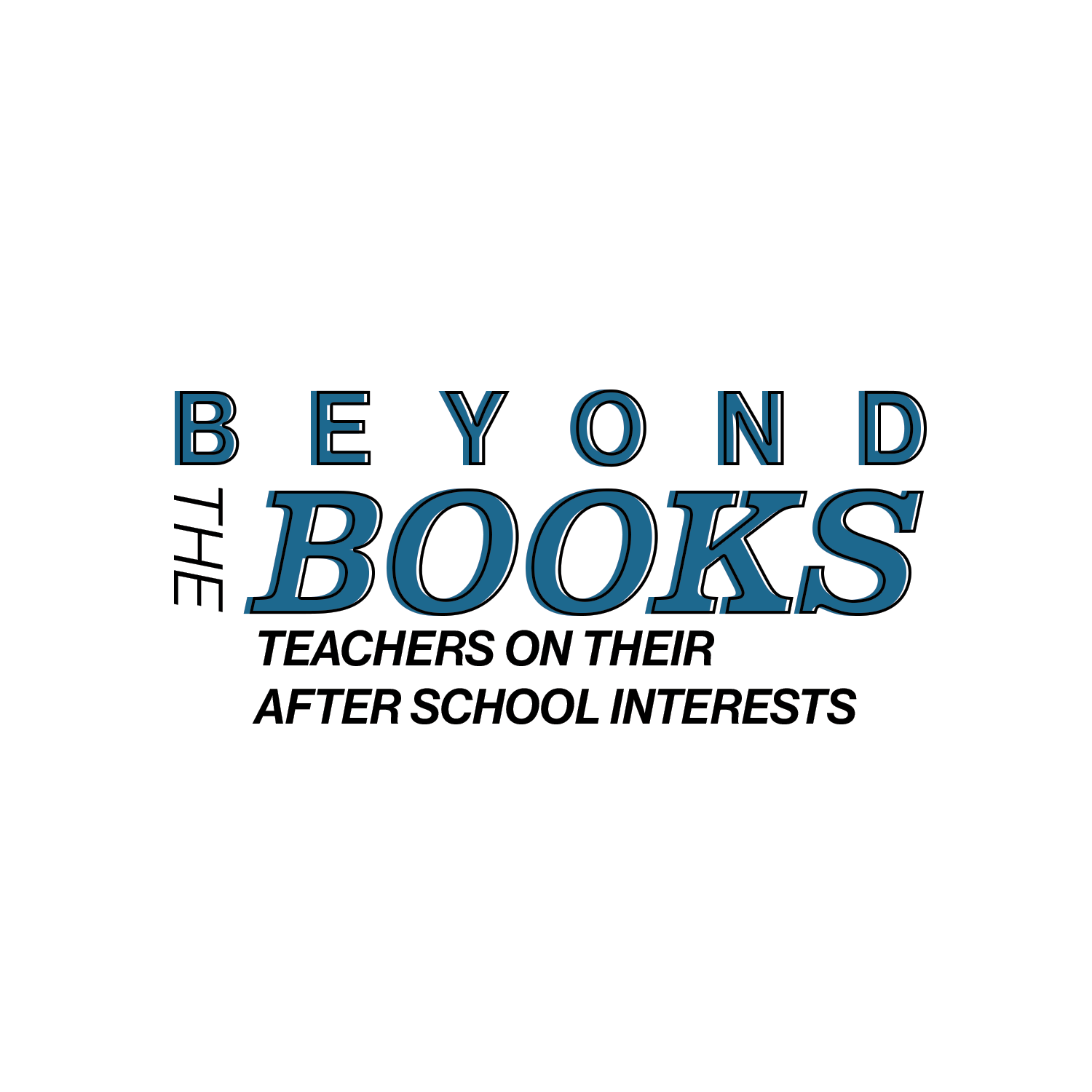
Sitting in sophomore chemistry, listening to the teacher drone on and on about valence shell electron pair repulsion, it is easy to forget that the person in the front of the room has an entire identity outside of school, a life outside the lab.
To quote Shrek, “ogres are like onions; they have layers.” The same principle applies to teachers.
Your math teacher might enjoy painting after school instead of calculating the probability of winning on a game show (except for maybe Mr. Froelich with his beloved “Deal or No Deal”).
Beyond the classroom, beyond the lectures, beyond the books—teachers take part in some surprising after-school activities. Read about some of Community’s educators’ extracurricular activities.
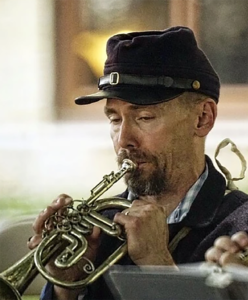 Mr. John Bergmann spends his days teaching Einstein’s theories, but outside the classroom, he is a time traveler.
Mr. John Bergmann spends his days teaching Einstein’s theories, but outside the classroom, he is a time traveler.
Since 1998, motivated by his love of history and music, he has traveled back to the 19th century, playing the E flat Cornet in a Civil War-era brass band.
Bergmann is bandmaster of the 33rd Illinois Volunteer Regiment Band—leading the band and leading the charge for the music’s revival. Bergmann has made it his duty to catalog 200 of the era’s songs digitally while scouting for new scores to perform. Thanks to his efforts, the band has added an average of eight new pieces to its repertoire each year since 2017.
“Prior to 2017,” Bergmann said, “that average was about…zero.”
What is your role in the band?
I have been the bandmaster for the last six years, so I’m responsible for choosing the music and ensuring that all of the parts are covered at a given event.
It’s been a lot of fun.
Since 2016 or 2017, I’ve also been doing the narration—I introduced every piece, giving some history before playing a tune, that kind of stuff.
I’m up there in uniform, on the mic explaining a little bit about the music or the person who wrote it, some anecdote about what effect it had on the battlefield…
My role as a teacher has made that pretty easy because I’m used to speaking in front of people.
What type of music does the band perform?
The band’s music library is over 400 pieces.
We don’t just play patriotic songs; we play waltzes, polkas, anything that someone in the mid-19th century would have heard from a brass band. We play schottisches, jigs, hymns and other spirituals.
Basically, any music in that era of American history someone would have heard, we play.
What role does reenactment play in the band’s performances?
Technically, I am a reenactor, but when people think reenactors, they think about the guys who tote the guns around and run around in a park — that kind of thing.
We perform as the 33rd Illinois Volunteer Regiment, a real group of musicians who accompanied McLean County’s 33rd Illinois Volunteers during the first year of the Civil War.
Where does the band perform?
We do a lot of work in Springfield because of Abraham Lincoln.
We do reenactment events, but we also do regular concerts like at the Lincoln Museum.
Last summer, we performed the Illinois State University quad.
We do quite a variety of things.
There is a military ball where the ladies wear hoop skirts, and the guys wear formal attire. We have some dance instructors that we are connected with who teach a Civil War-era dance. Then we’ll play the music that goes along with it.
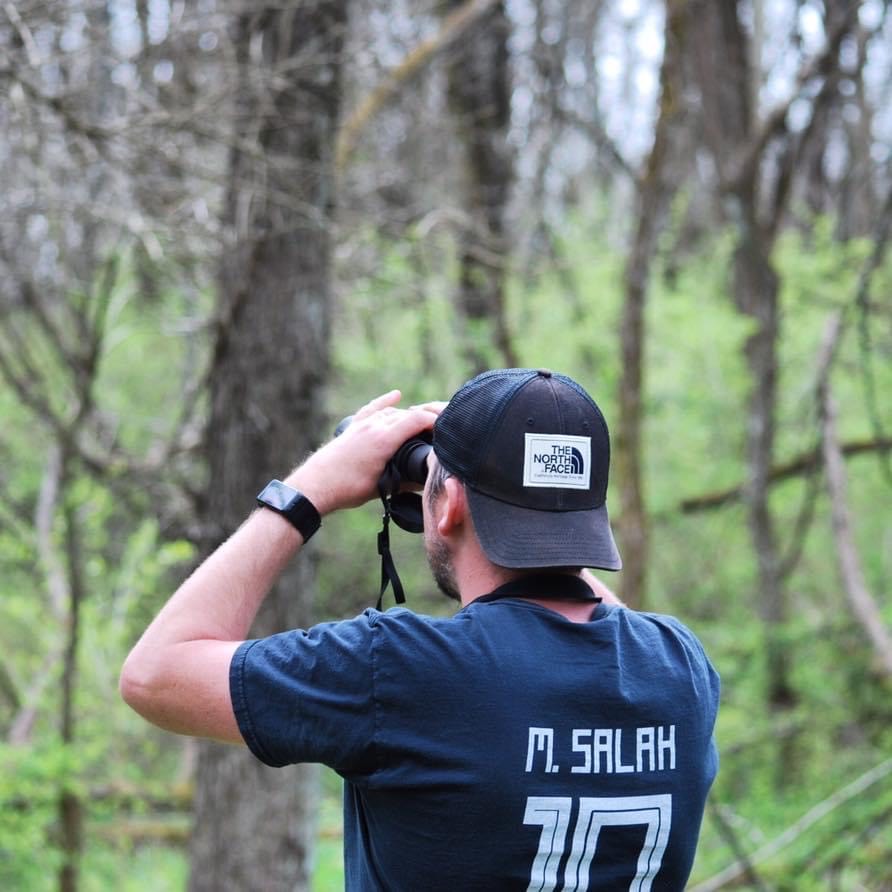 Ever walk down the Senior Hallway to the sweet sounds of birds chirping? You can thank Mr. Kevin Suess for that. The Social Studies teacher’s passion for bird watching, including his attempt to sponsor a birding club at Community last school year, inspired students to create a bird shrine in one of the hall’s lockers.
Ever walk down the Senior Hallway to the sweet sounds of birds chirping? You can thank Mr. Kevin Suess for that. The Social Studies teacher’s passion for bird watching, including his attempt to sponsor a birding club at Community last school year, inspired students to create a bird shrine in one of the hall’s lockers.
While the average person might not take much interest in migratory patterns or be able to tell a swift from a sparrow, Suess’s love of birding has taken him across the state, the country and the globe–cataloging new birds species like some sort of avian Pokemon Go.
The hobby, Suess says, gets him exploring nature without the worry about his phone dying. Instead of catching pocket monsters, he’s catching sight of an ever-expanding list of birds.
When did you become interested in birding?
In 2010, I went with National Geographic to the Arctic, and I started to more seriously into birding then. But I still wasn’t keeping track of my sightings too much.
Then the pandemic happened, and I had more free time, I had a bird feeder, and I was keeping track of what I was seeing.
That’s when I started to get serious — where I was trying to chase birds and find certain birds in the county.
One year, I saw over 200 bird species in the county, so it was a pretty good year for me.
How did you get to travel with National Geographic?
I was one of six teachers across the U.S. awarded a fellowship through the National Geographic Society to survey the Arctic Circle during the summer of 2010.
We traveled on the National Geographic Explorer, a state-of-the-art, ice-class expedition ship, to Svalbard, Norway in the arctic circle.
For about a week, we explored the archipelago and saw a lot of different wildlife like polar bears and birds.
What do you find so enjoyable about birding?
I like trying to find birds others might not have seen in the area.
The spring migration is an exciting time for birding when lots of birds head north to their breeding grounds. A lot of birds migrate at night, in the morning when they stop and feed you wake up and see all these new birds that showed up in the middle of the night that weren’t there before..
It’s also peaceful just going out for a hike and seeing things in nature.
Can you explain the origin of the iconic bird-shrine locker?
Last year, some students in my fourth-hour Regional Studies class wanted to make a bird locker for some reason.
We got this singing bird that annoyed people because anytime it sensed motion or heard a sound, it would start to sing.
Ms. Baker got another bird for the locker, so we had two birds in there.
But it was just a crowdsource-type thing where students just started putting stuff in the locker, like a fake tree and some other things, that it kind of became a weird bird shrine.
What is your favorite bird?
The Black-capped Chickadee.
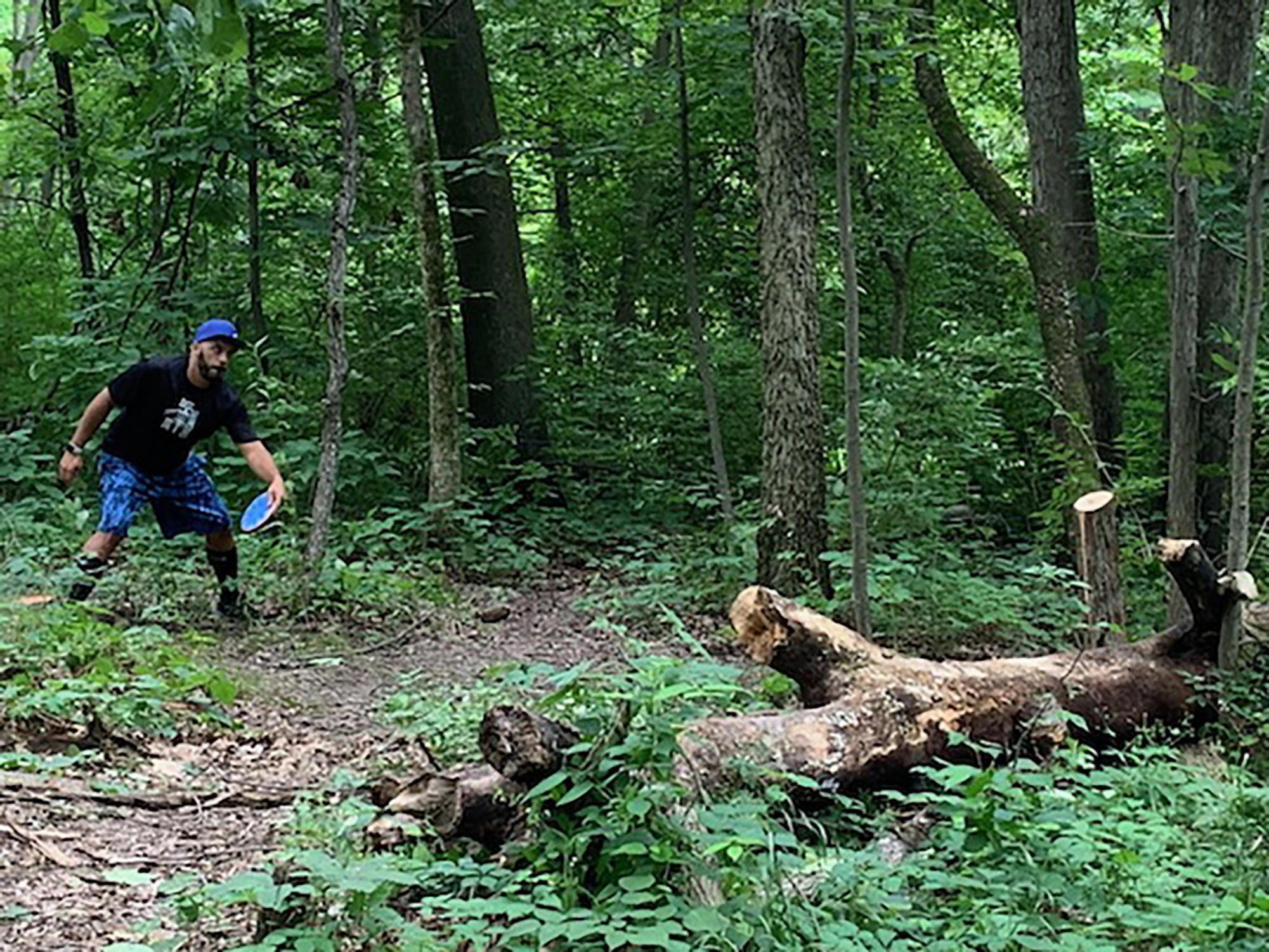
Disc golf—what began as a leisurely weekend activity on the local courses — has become more than just a hobby for physical education teacher Mr. Marcus Mann.
Mann is working his way up the Professional Disc Golf Association ranks. In just 13 ranked tournaments, Mann has already advanced a division in the organization’s Amateur class.
When did you become interested in Disc Golf?
I was visiting some friends in Kansas City, Missouri, and they introduced me to the game. That was the first time I’d ever seen or played Disc Golf.
Then I was reintroduced by Mr. Matt Schweinberg and Mr. Dave Witzig. They played on weekends and invited me out, which reignited my fire.
What do you enjoy most about Disc Golf?
There are so many great things about Disc Golf. I enjoy being able to get outside year-round. Most disc golf courses are in parks and places that are off the beaten path.
It gets you out, gets you active, and takes you to different places that maybe you wouldn’t go otherwise.
The other thing I like is that anybody can play. I can take my children out and my wife, and we can have a great time playing together.
Where is your favorite course to play?
We’re lucky that we have a lot of great courses in the area, within 30 to 45 minutes of us. One of the best courses in the United States is actually in Morton.
My favorite course in town is Forest Park in south Bloomington.
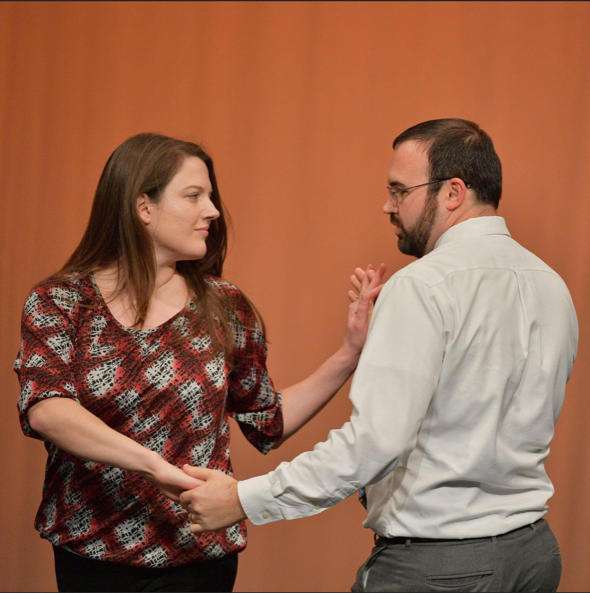
In Mrs. Kate Lawrence’s math classes, the teacher talks students through a complicated sequence of steps.
But after the bell, Lawrence demonstrates steps of a different sort–she and her husband are trained ballroom dancers.
The Lawrences took to the stage in 2019’s “Dancing with the Staff,” showing there is more to the math teacher than tangents and cosines; she is a dancer from everything from foxtrots to tangos.
If you need help with a math problem, or choreographing a dance for prom, Mrs. Lawrence can lead you—step by step.
How did you get interested in ballroom dancing?
I needed to start exercising when I was pregnant with my oldest child.
Friends of ours ballroom danced in town, and they said, ‘you should come.’
That sounded like exercise if I ever heard it, so my husband and I started going to Wrainbow Ballroom in downtown Bloomington.
We started in their beginning classes, and it became our date night. For about 10 years, we went almost every Tuesday night.
What types of dance have you learned?
The basic class started with East Coast Swing, which is what most people think of when they think of swing.
Then we had waltz, foxtrot, cha-cha and rumba, even some polka.
Over time we learned the Viennese waltz, quickstep and tango.
We even took more contemporary dances they don’t do on “Dancing with the Stars.”
They’re not all necessarily ballroom dances.
We learned West Coast Swing and nightclub two step, which goes with almost every pop song you’ve ever had in your life because it’s the same beat.
Where does your love for music come from?
I minored in violin performance in college, and my husband was a Music Education major when he first graduated. Dancing has been our throwback to music.
So even though I teach math and he teaches physics, we could pretend to still have music in our lives.
What do you enjoy about dance?
It’s family bonding time, our four kids love it when we dance.
During COVID, there’d be times we’d throw music on and have a family dance party because what else were we going to do, right?
So then, the kids would try to dance with each other and mimic what my husband and I were doing.
The jury is still out on my 13-year-old, though. 13-year-old boys do not like to dance; apparently, he hasn’t gone to his junior high dances yet.

According to Mr. Stefen Robinson’s Instagram bio, the social studies teacher is a “Buddhist pacifist anarchist tree-admirer.” That’s barely scratching the surface of Robinson’s interests and passions.
Robinson is “obsessed” with music, all aspects of it. He writes, composes, records and performs. He has been in several bands and launched and ran a record label.He said his “primary outlet” for music production is “Yea Big,” a duo formed in 2006 that collaborates with artists from all genres.
What musical styles do you play?
My music ranges. I used to tour with a hip-hop duo. I was the producer of that group, all the way to what people might call free improvisation.
I’ve been in jazz ensembles, I played in bluegrass bands, I’ve studied Indian classical music, not as much as I would like. I can go on and on. I have a degree in music technology as well.
With all your music experience, do you have a favorite moment?
All of it. Music is like breathing for me. If it’s not at the forefront of my mind, it’s always floating around, even when I’m doing other stuff. It’s always there.
It’s like part of my ambient consciousness… I don’t talk and not do. If I have an idea, I do it. And so I’m very prolific.
Like I put 12 records out last year, some of which are like free jazz records, so it doesn’t require composing in the traditional sense, but I’m obsessed with making music.
How do you balance other parts of your life with music?
One of the precepts in Buddhism is to not indulge in intoxicants. But that doesn’t just mean like, drugs and alcohol.
Music for me is the most powerful intoxicant. So I could very easily let it consume me, and then it would be disruptive to my life if I wasn’t mindful of that.
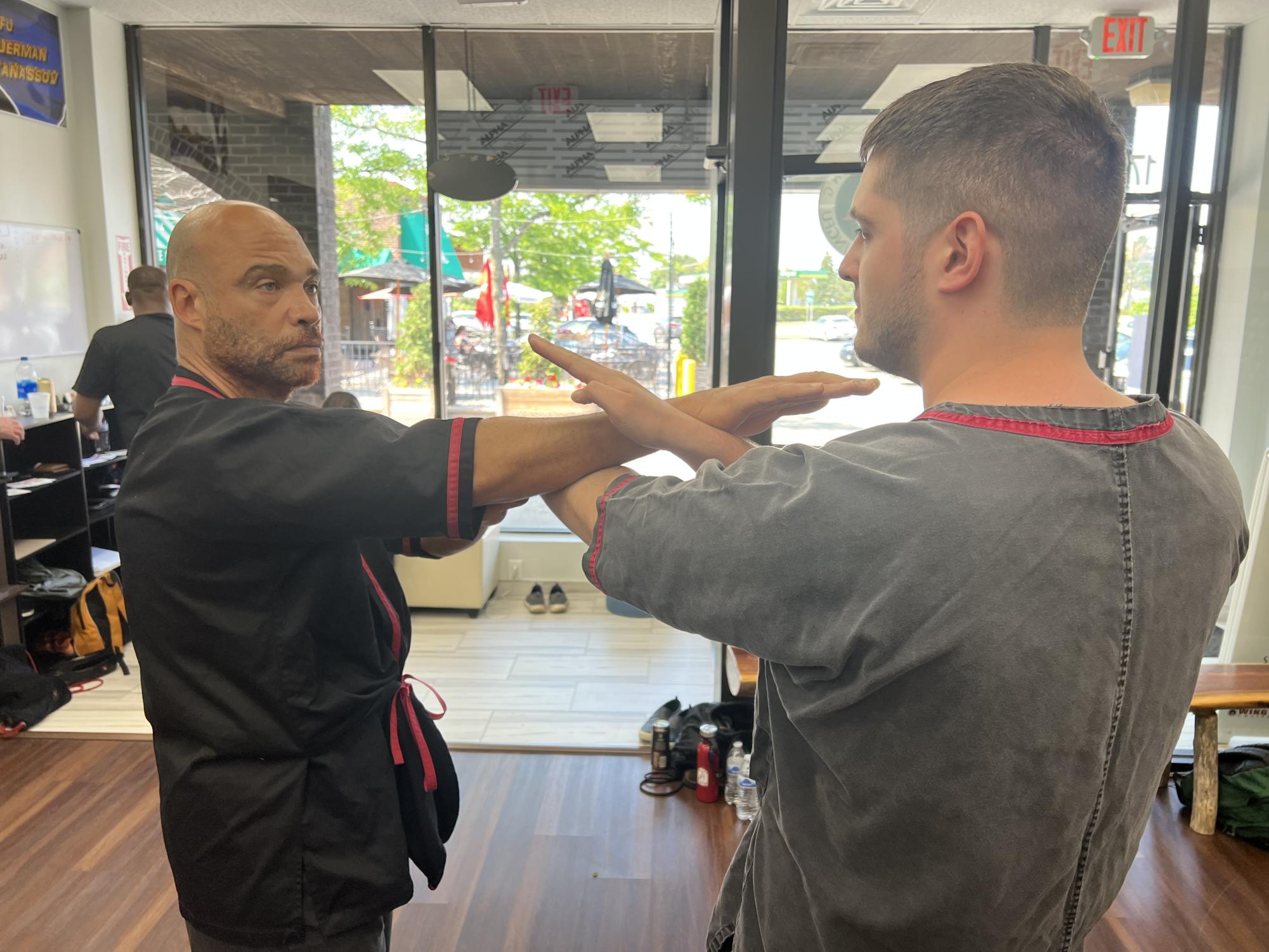
“Kung Fu Panda?”
More like Mr. Hunter Watts.
The social studies teacher has been practicing Wing Tsun (pronounced “chun”), a form of kung fu that originated over 400 years ago in southern China, for over a decade.
For 12 years, Watts and his twin brother have developed their skills in close-quarters self-defense martial art, even traveling to Hong Kong to train under a Wing Tsun Grand Master.
The student has become the teacher, as Watts is now an instructor in the martial art.
How did you begin practicing Wing Tsun?
Our dad got us into martial arts because he wanted us to learn how to defend ourselves.
My older brother Taylor had practiced Taekwondo briefly, and one of my dad’s co-workers was an instructor at the Wing Tsun school when we were younger, so Taylor moved from Taekwondo to Wing Tsun, and I joined him.
We have stuck with it ever since.
How proficient are you?
Ranking in Wing Tsun is similar to a belt system but slightly different.
We have a ranking system where there are 12 student grades and 12 instructor grades.
I’ve gone through all 12 student grades.
I’m currently the third instructor grade, so if you make a rough analogy to a belt system, I’m like a third-degree black belt.
How is Wing Tsun different from other martial art forms?
It’s not as dependent on strength and force as some martial arts are.
Wing Tsun is typically for smaller people who have to deal with fighting a much larger, stronger opponent.
So you’re not combating with force as much; you are using an opponent’s force against them. It is about technique and timing and leverage.
What have you learned from practicing Wing Tsun?
I had the benefit of starting Wing Tsun when I was only 12.
So I was training mainly with adults who are much older and cognitively older too. I think that helped me mature.
But also, it’s one of those things that you start to get good at, and the better you get, the more you learn how much you don’t know.
So it’s a humbling lesson in that sense, where you will cross hands with people in the Wing Tsun world that are so much better than you that you can’t even fathom how they got that good.
Then five or six years later down the road, you’re perhaps at the level they were at the time. Of course, they’ve also grown, but it’s harder for you to see that in yourself because you’re always your biggest critic.
So I think maybe one of the big lessons is the more you learn something, the more you should learn, how much you don’t know and how much there is still to learn.
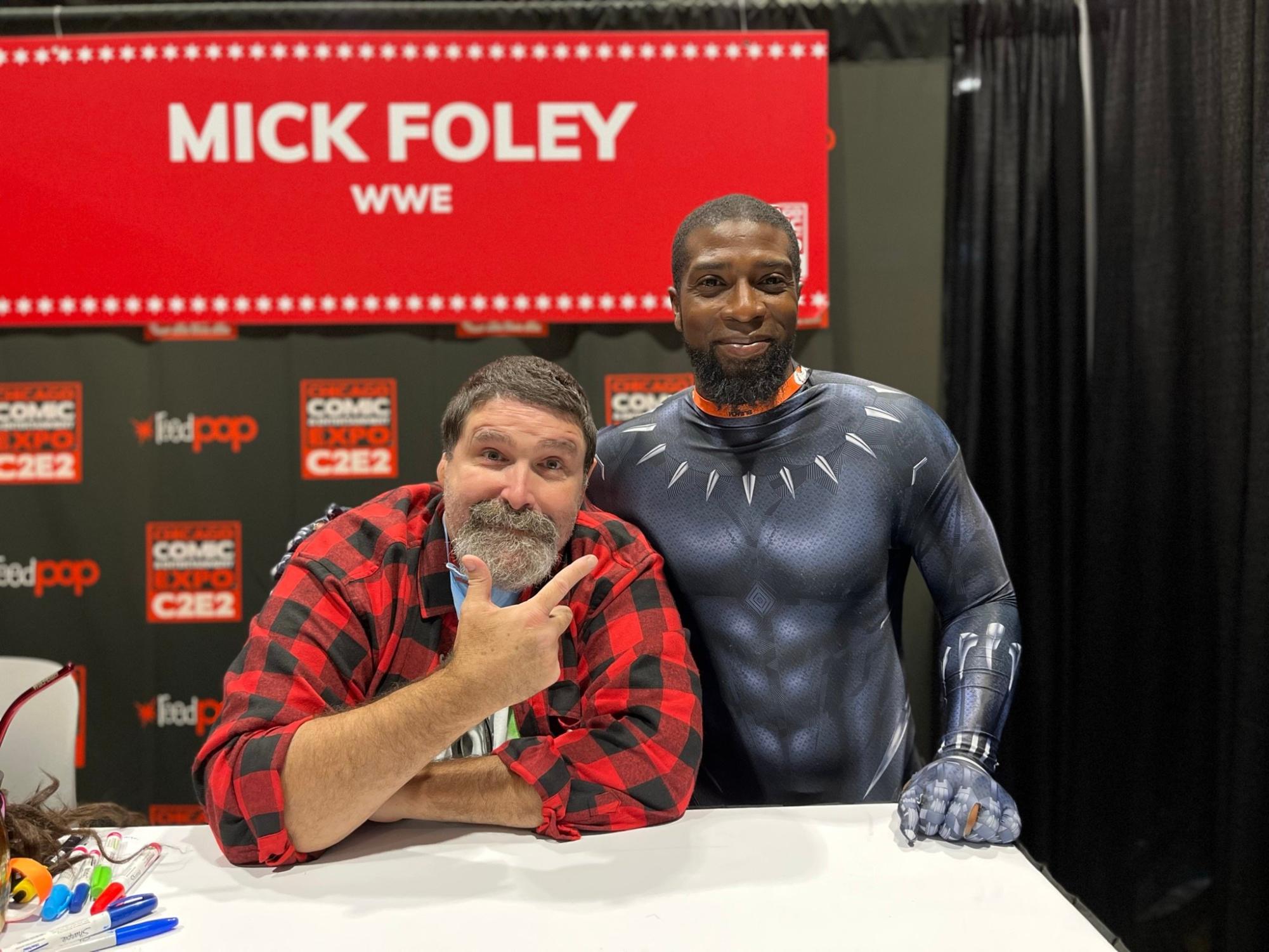
Mr. Chris Belt is an English teacher whose passion for creativity extends beyond the scope of the high school English curriculum and into the world of WWE wrestling and comic book culture.
Whether he’s wearing his Green Lantern ring or attending wrestling conventions, Belt is destigmatizing society’s views on parts of pop culture often looked down on, celebrating the creativity and storytelling unique to each craft.
Is there a common thread between teaching and your interests in WWE?
I’m a creative writing teacher. I enjoy things that stimulate or display a sense of creativity.
Professional wrestling has a weird stigma in our culture: “it’s silly men play-fighting in underwear,” which it is, but it requires a lot of creativity. It’s way more intricate than someone might think from the outside looking in.
What is so compelling about WWE?
I read an article about how wrestling was storytelling, which blew my mind. I was like, oh, that’s how they’re making this compelling.
It’s not that the punches look real. It’s that you suspend your disbelief and you’re invested in the story …. They’re doing very deliberate specific things to draw you in, create a sense of anticipation, and then create a payoff.
They’re doing that all consciously and deliberately; nothing’s an accident.
What makes comic books more interesting to you than other forms of literature?
There’s an interaction between images and words that is unique to comic books—it’s a unique form of literacy. It’s really intricate. It’s really complicated. And it’s very creative.
It’s what we do in our daily lives: we’re interpreting images, we’re speaking; we’re taking all that in, and we’re moving through time and space.
This story originally appeared in the February 2023 Inkspot newsmagazine.
IF YOU SHARE THE INKSPOT'S PASSION for empowering Normal Community's aspiring journalists and equipping them with viable and valuable digital media skills, please consider contributing to our cause.
Your support plays a vital role in enabling the Inkspot to invest in top-tier equipment, maintain memberships in distinguished professional organizations such as the Journalism Education Association and National Scholastic Press Association, send our students to compete at state and national contests, and attend the National High School Journalism Convention.
Your generosity is the key to providing these students with a truly enriching educational experience. THANK YOU.


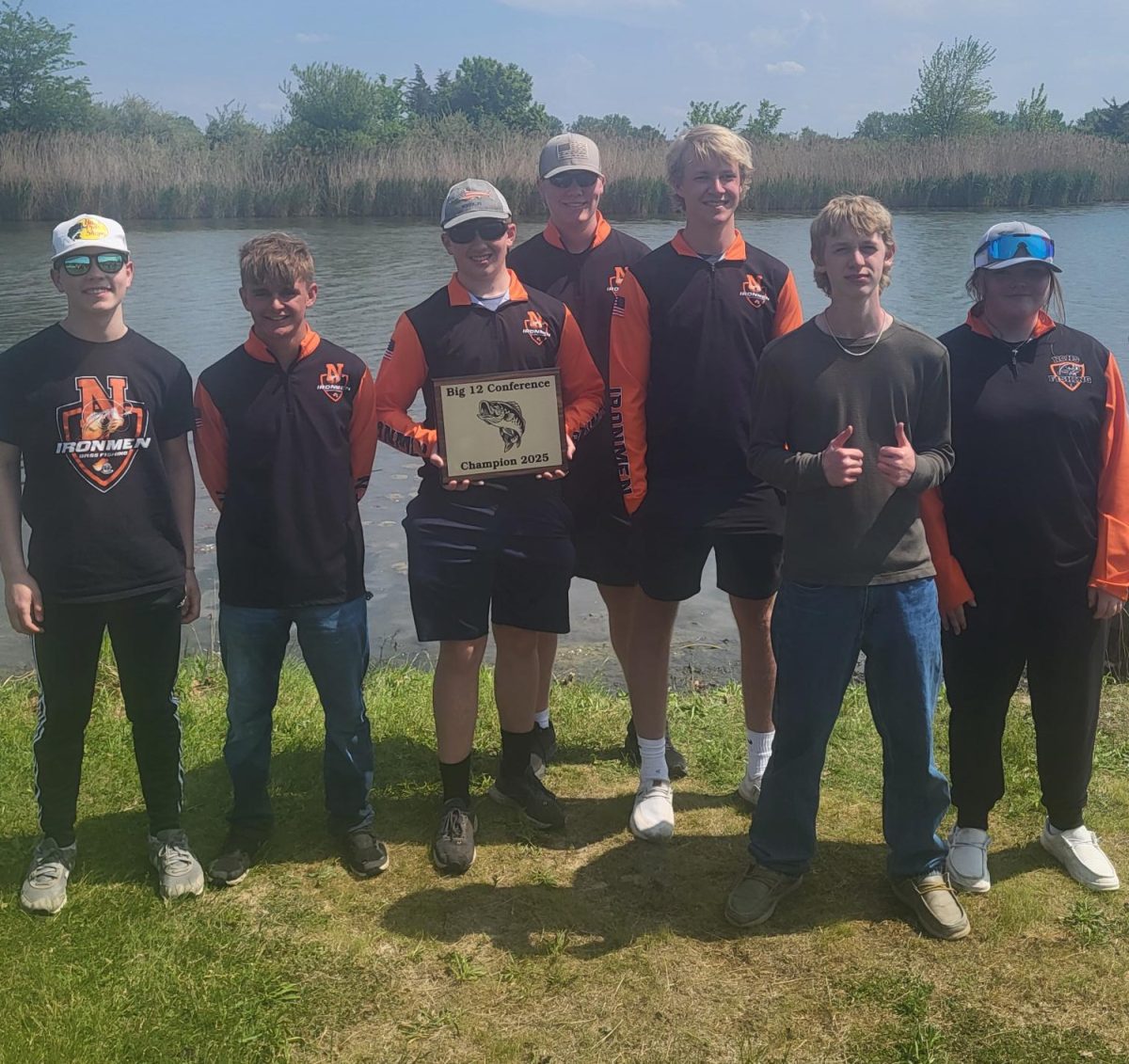

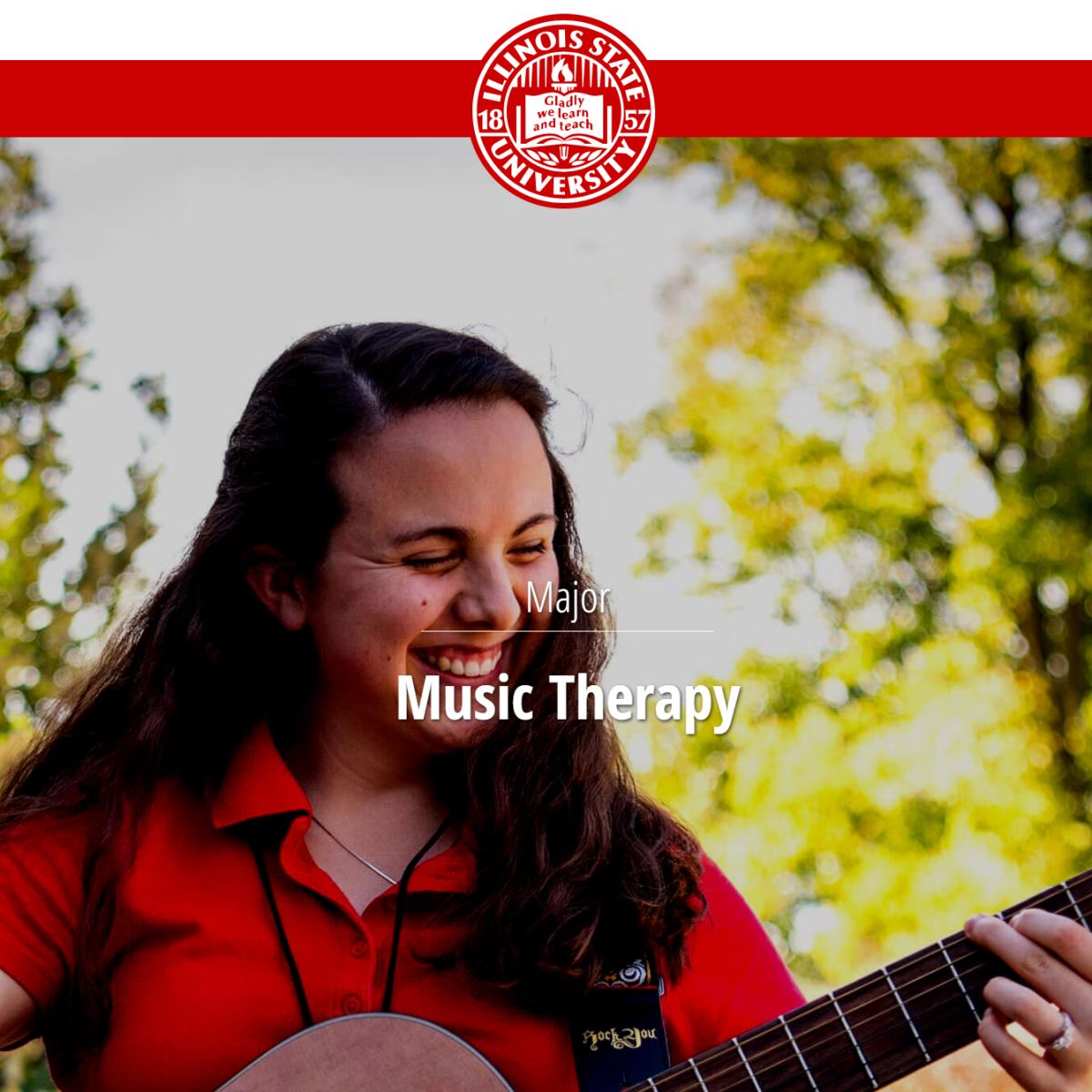
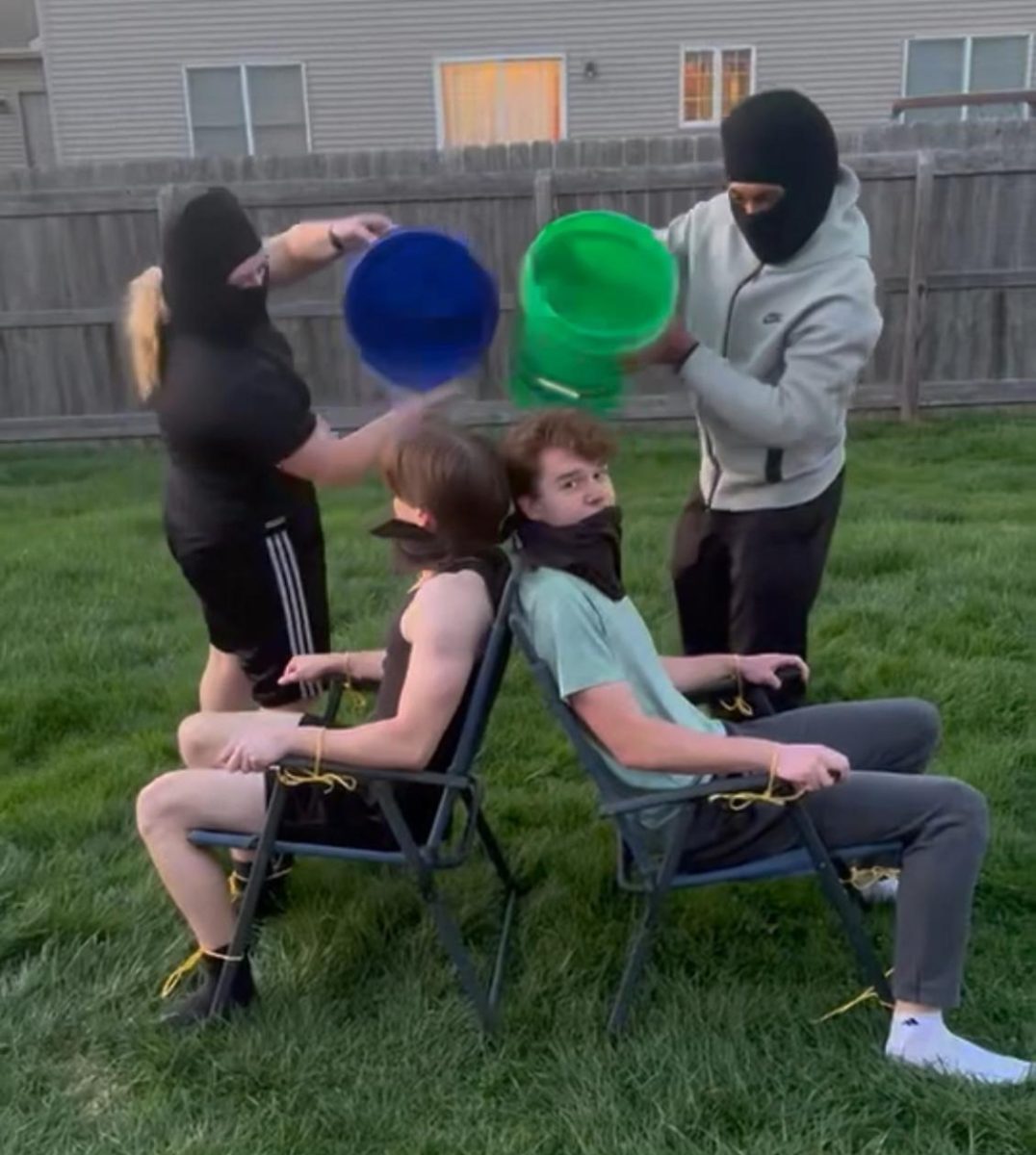


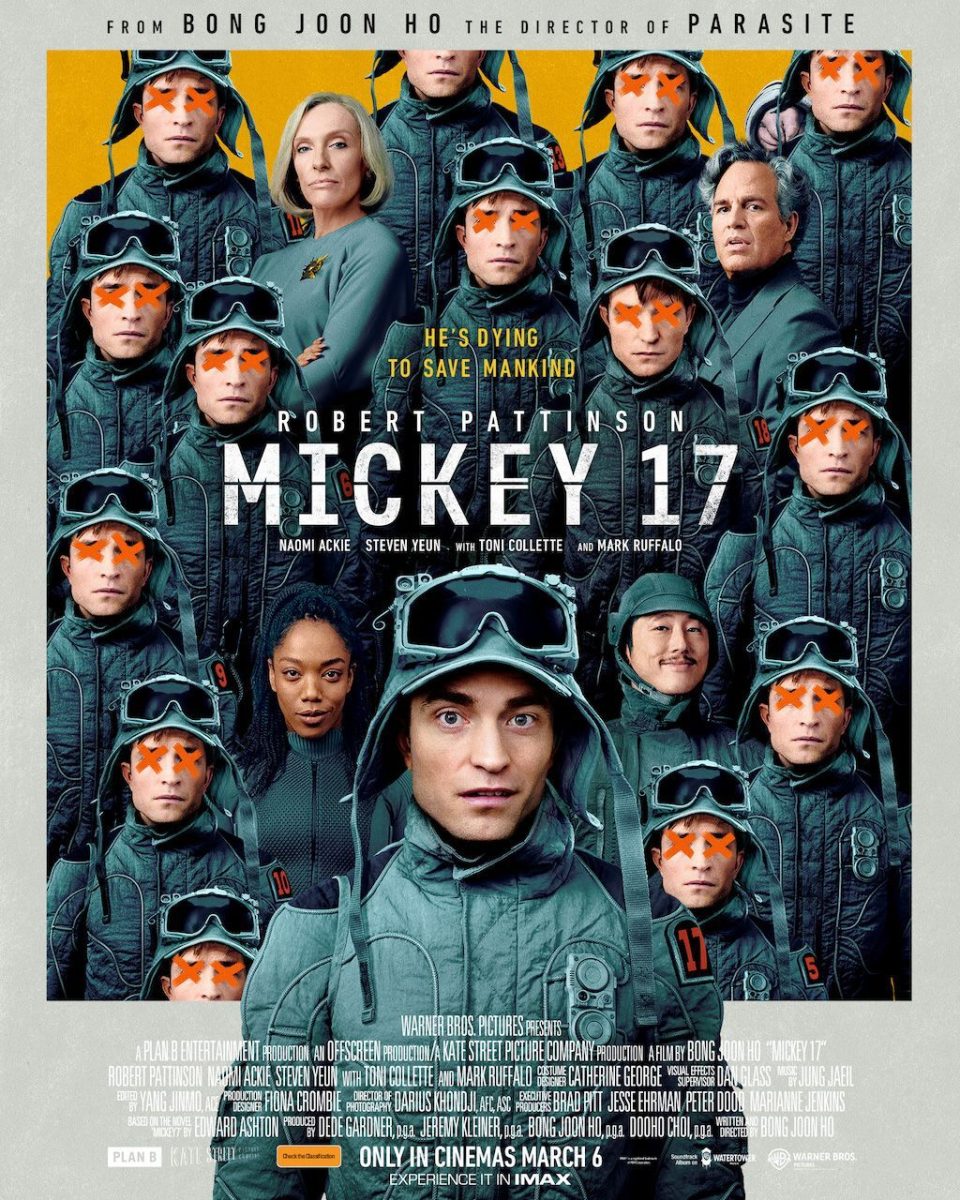
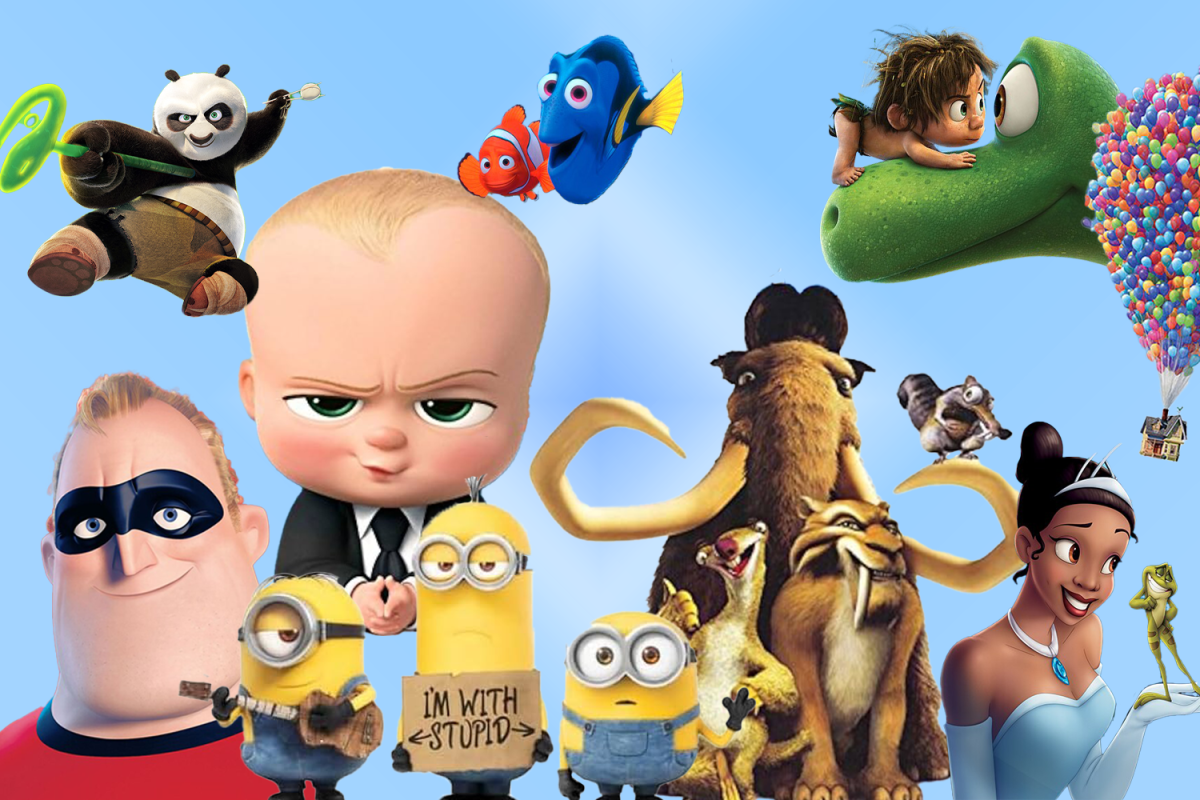
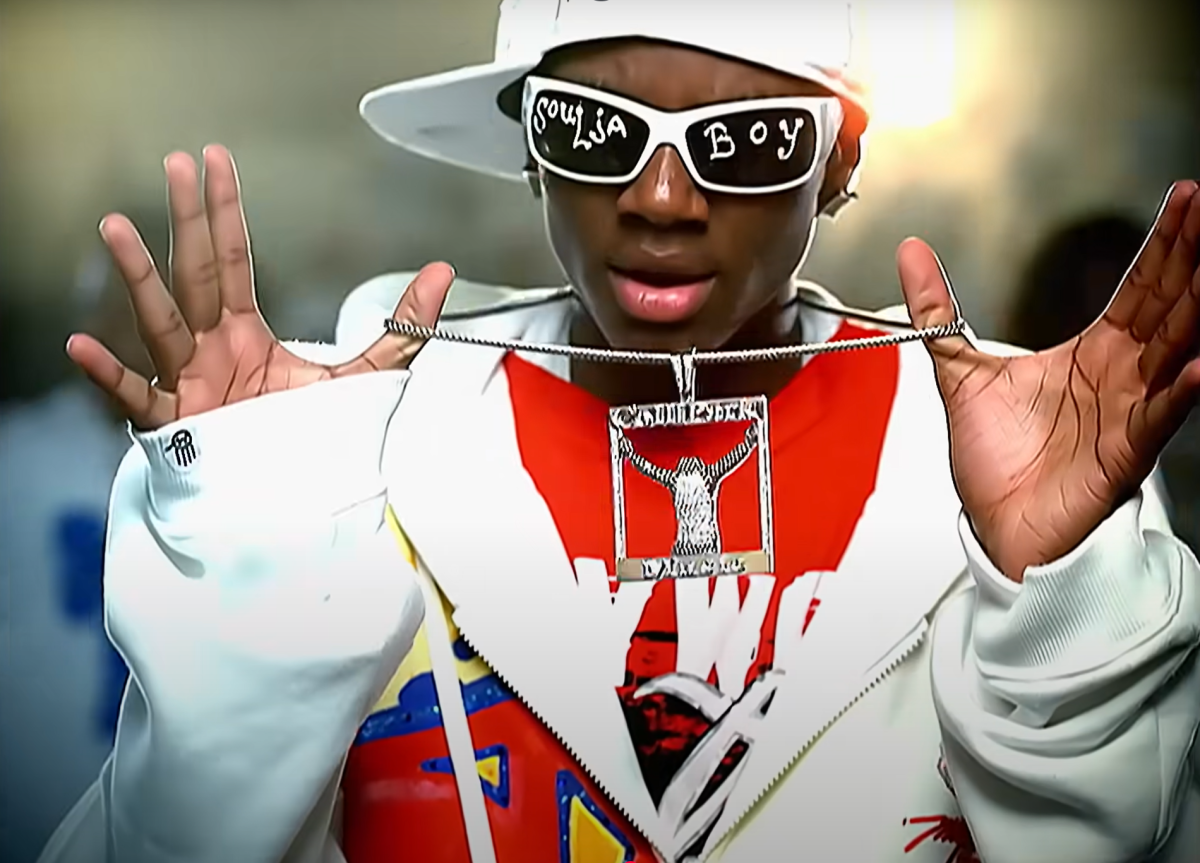
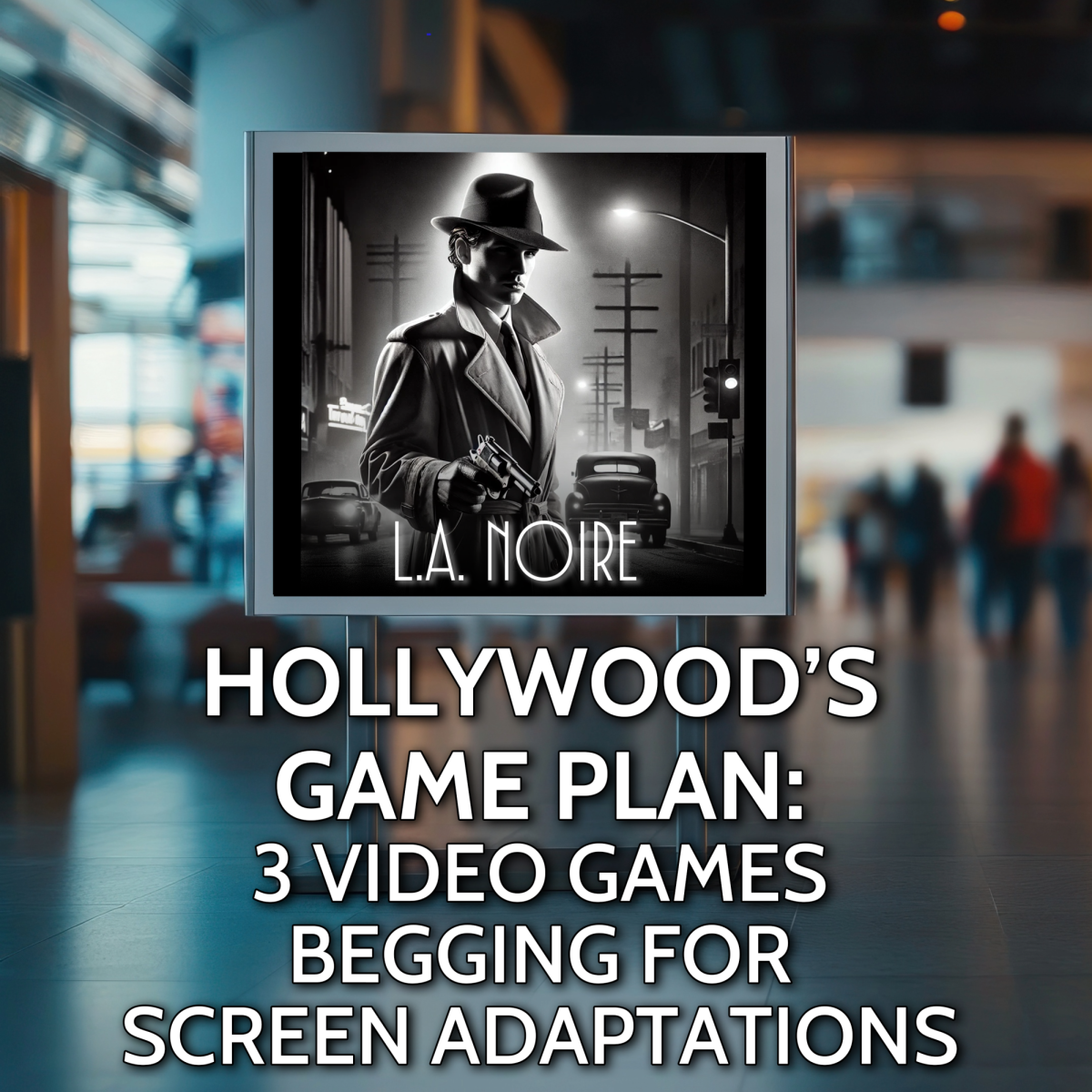
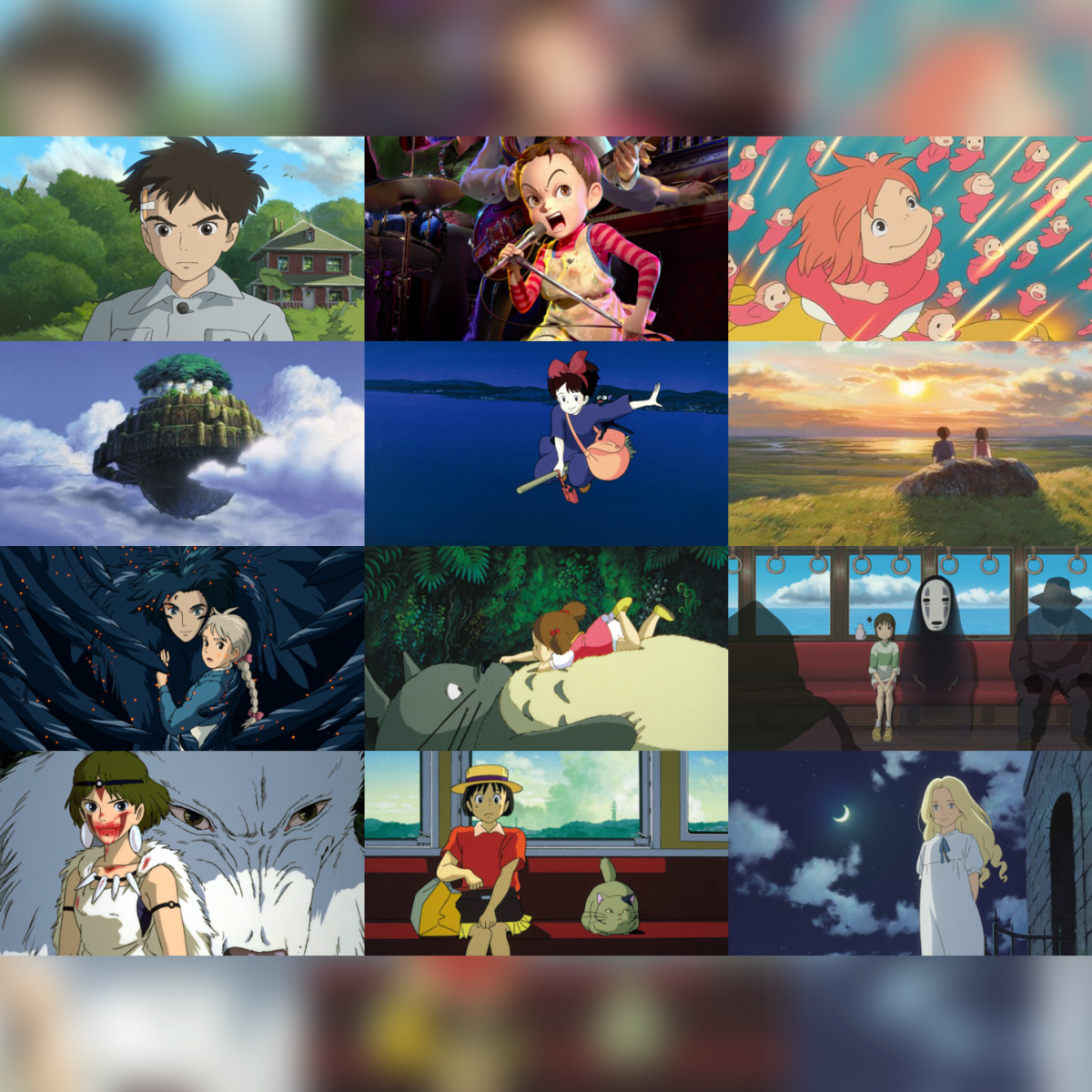
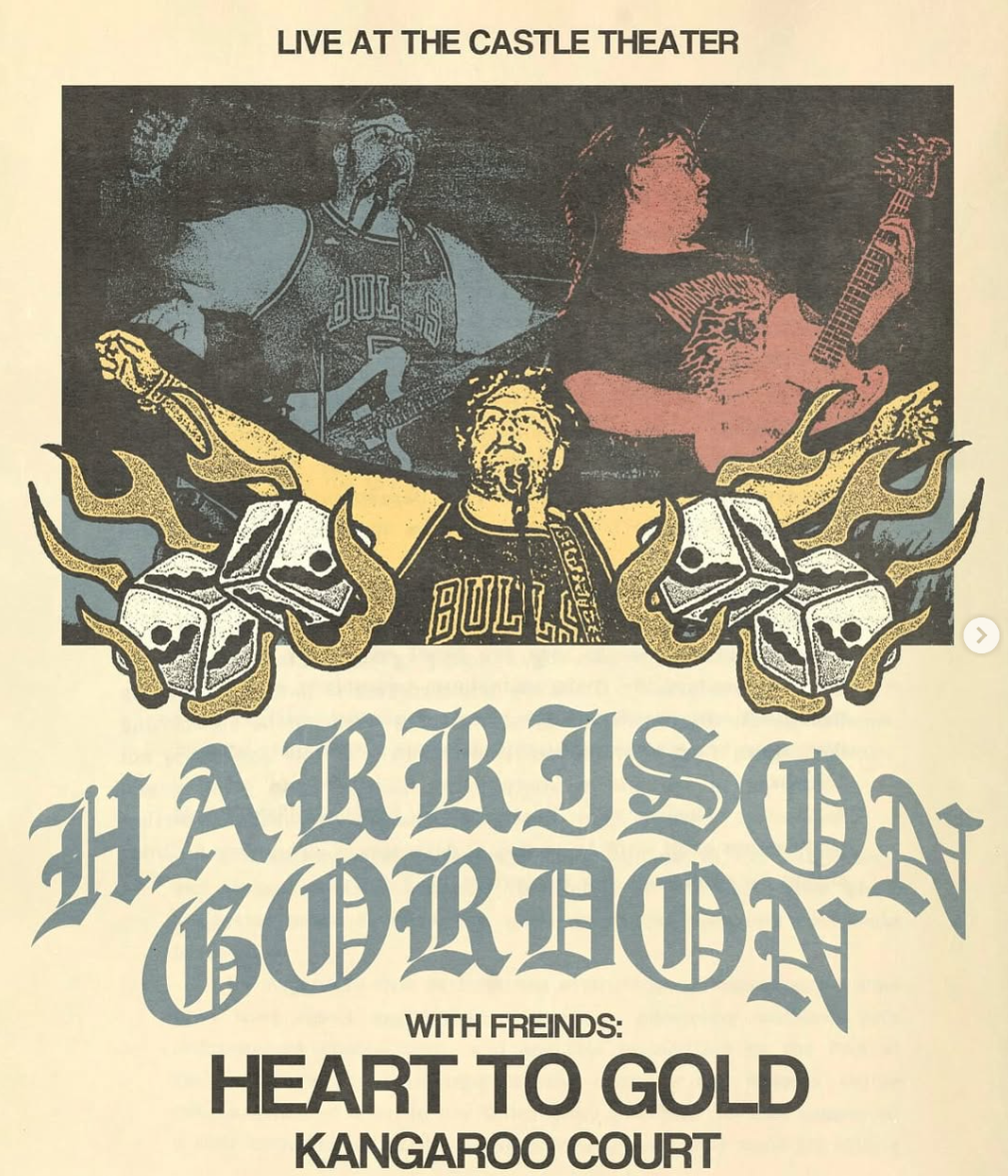
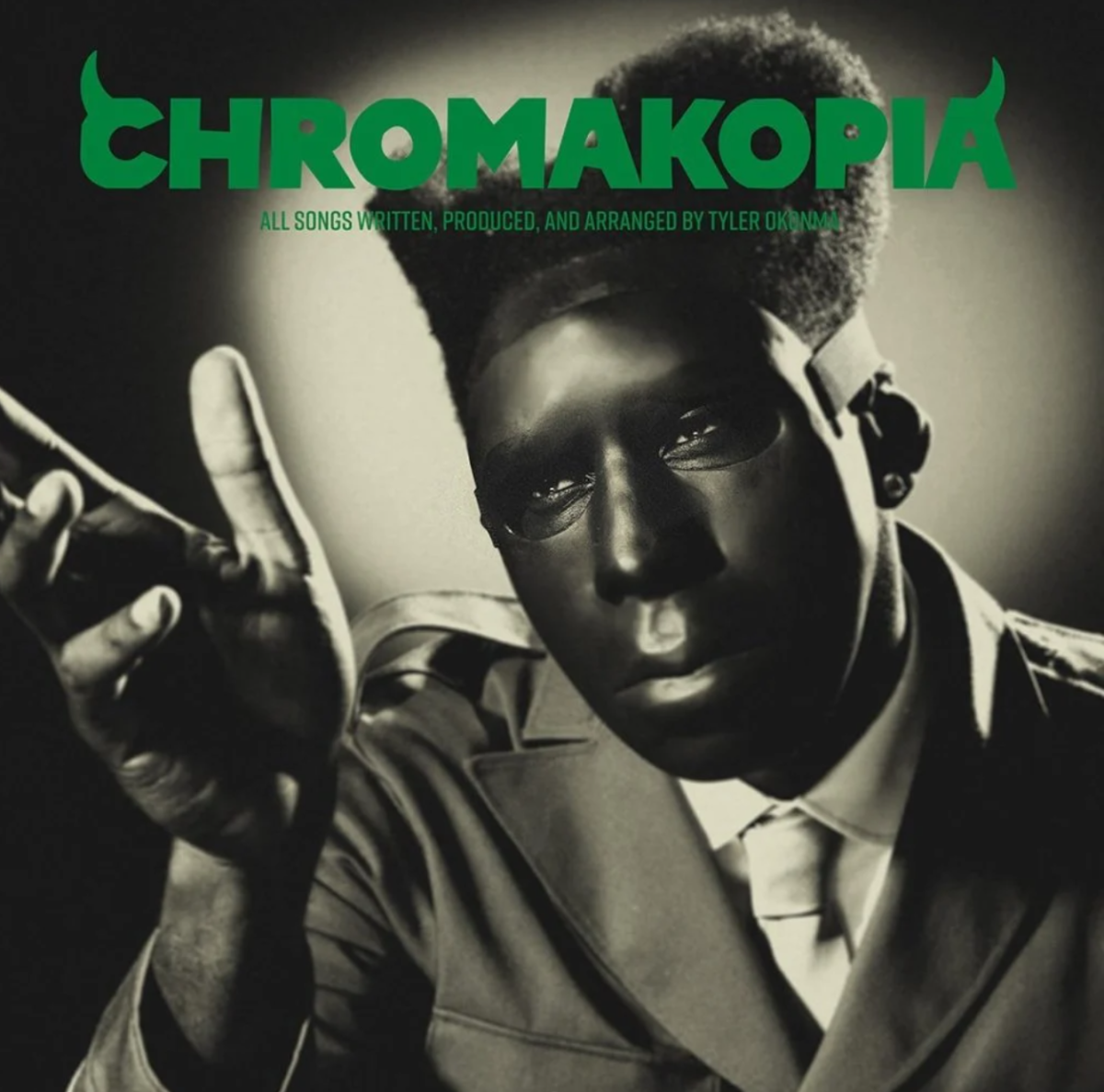
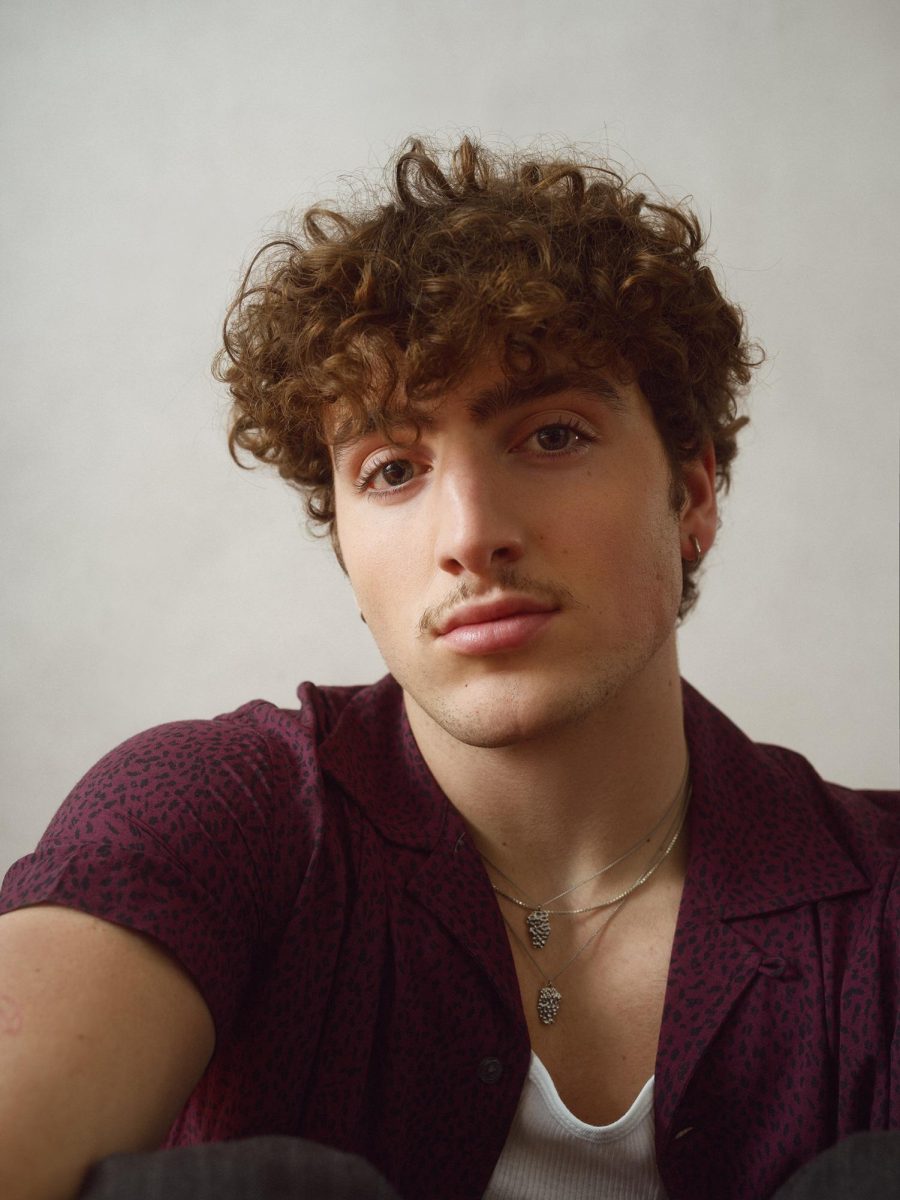

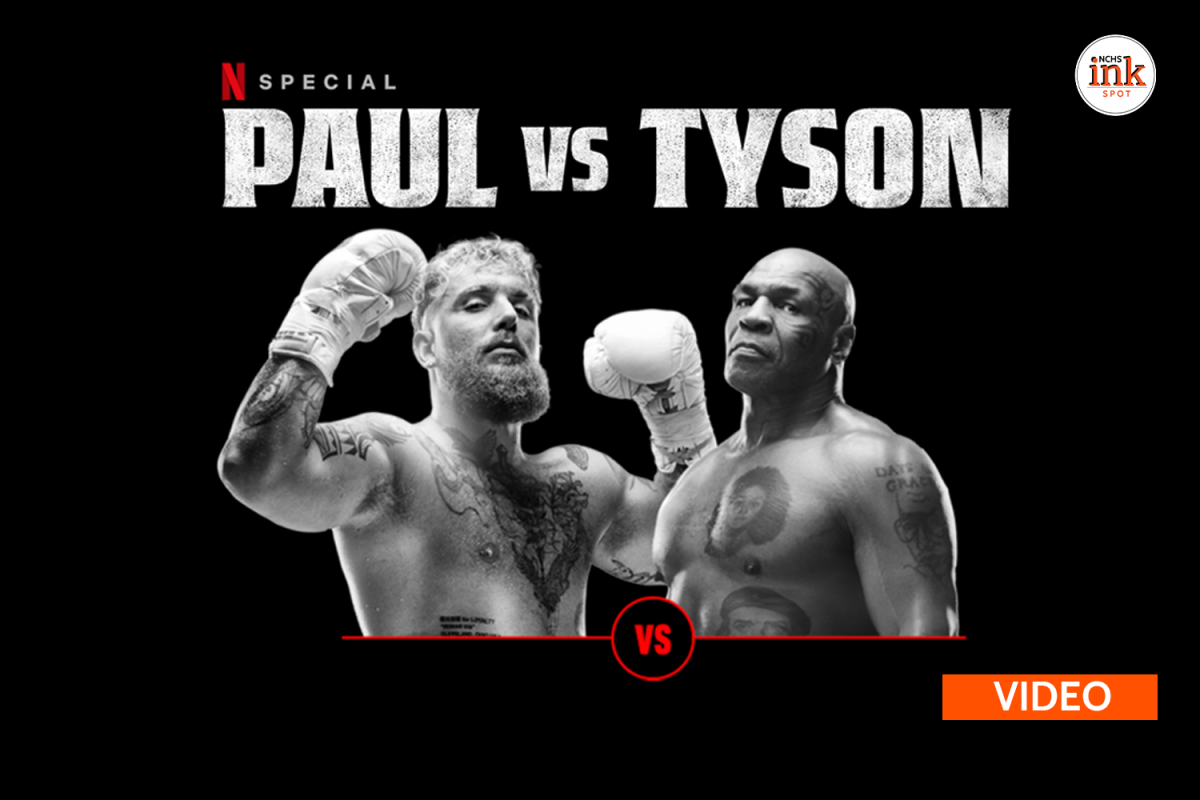


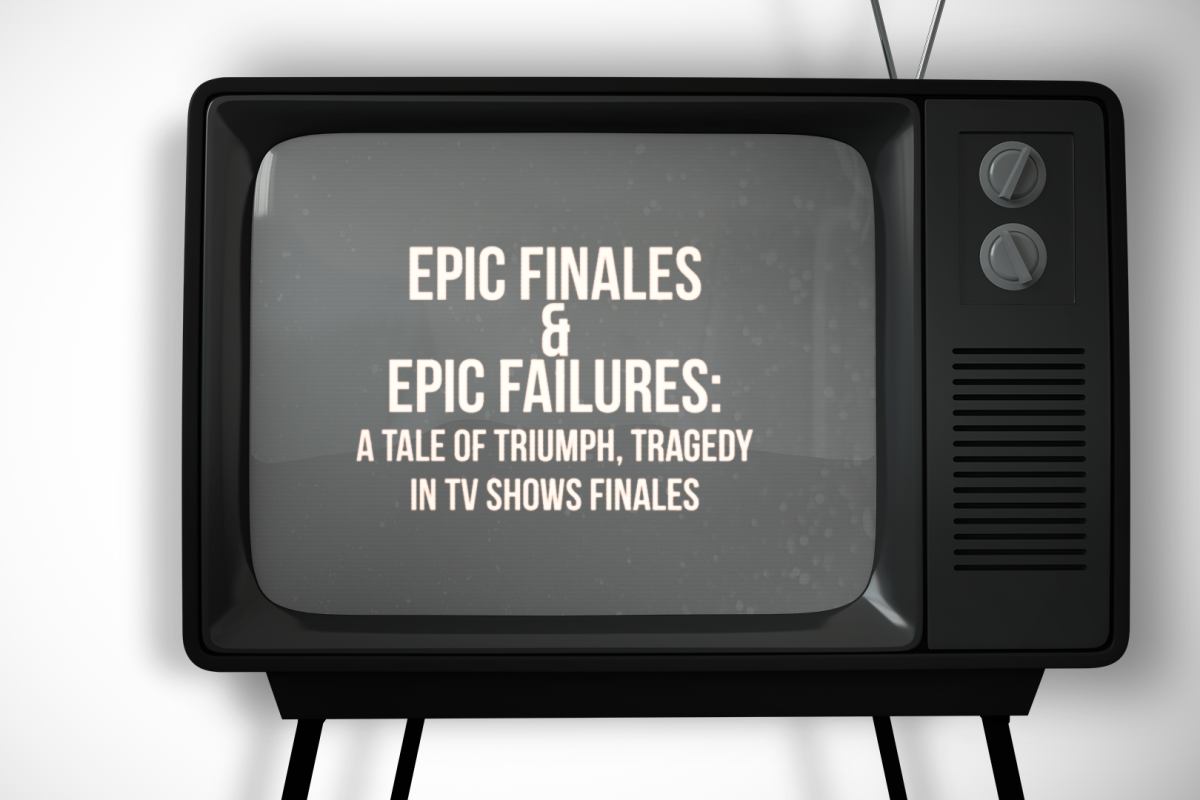
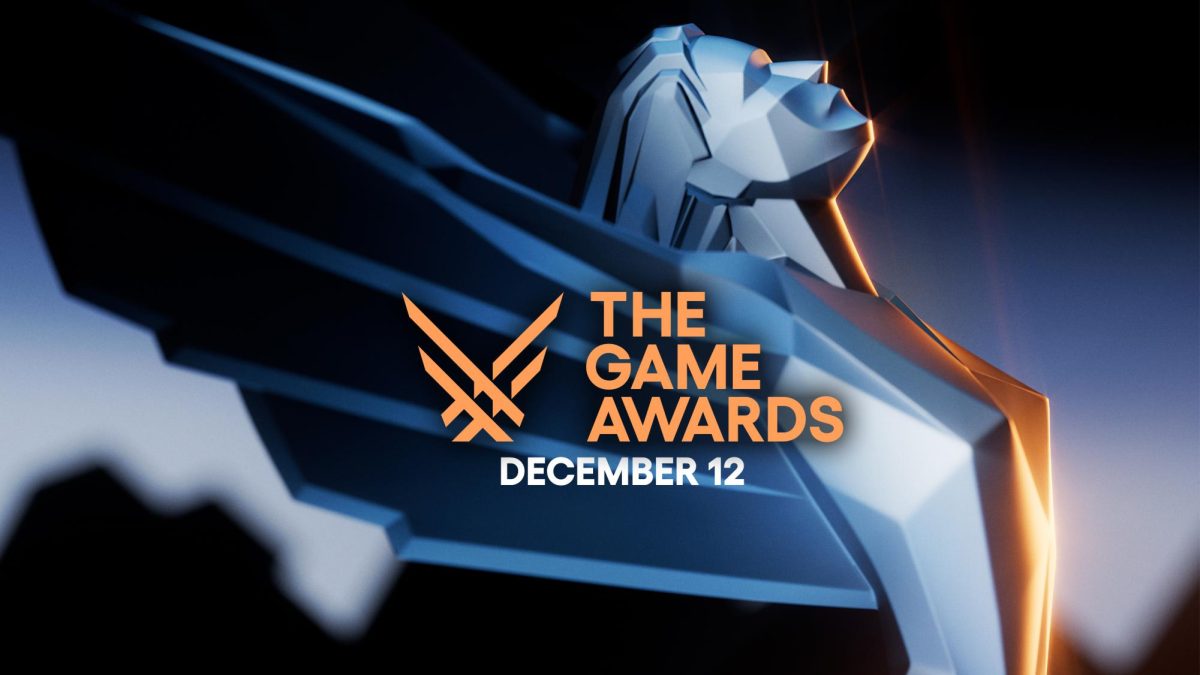
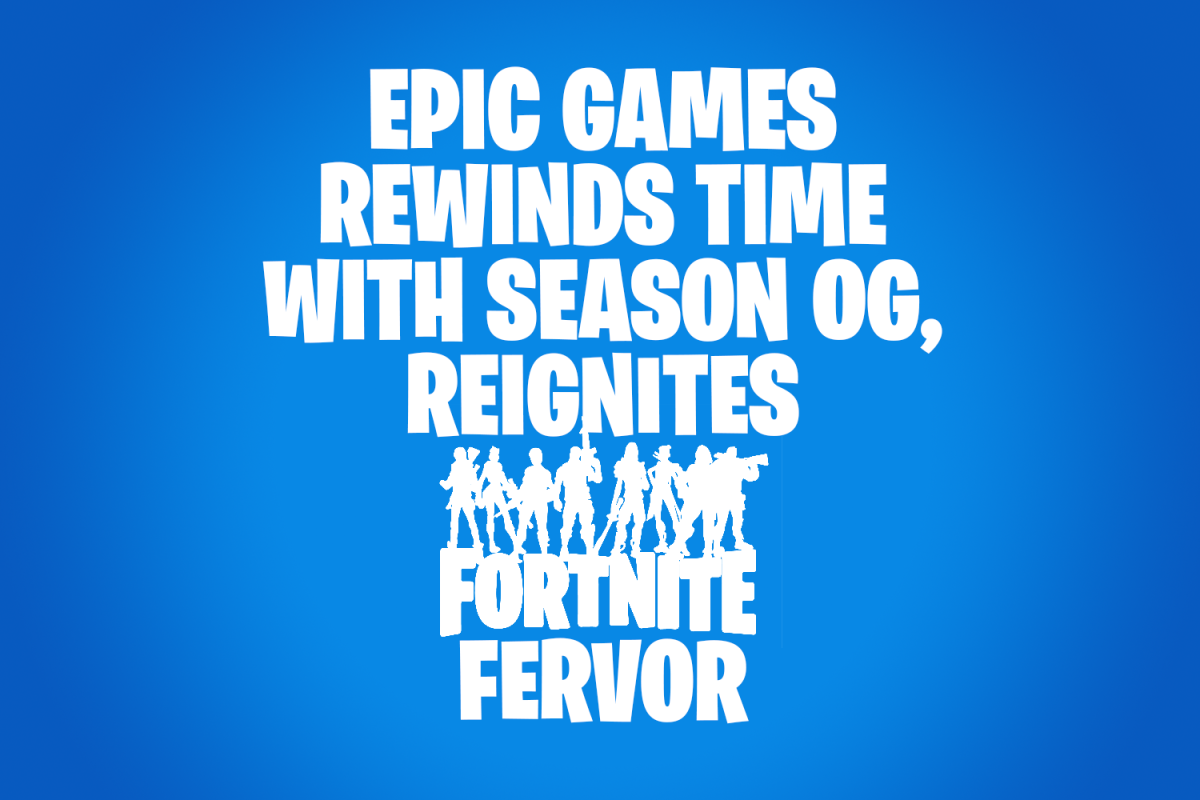
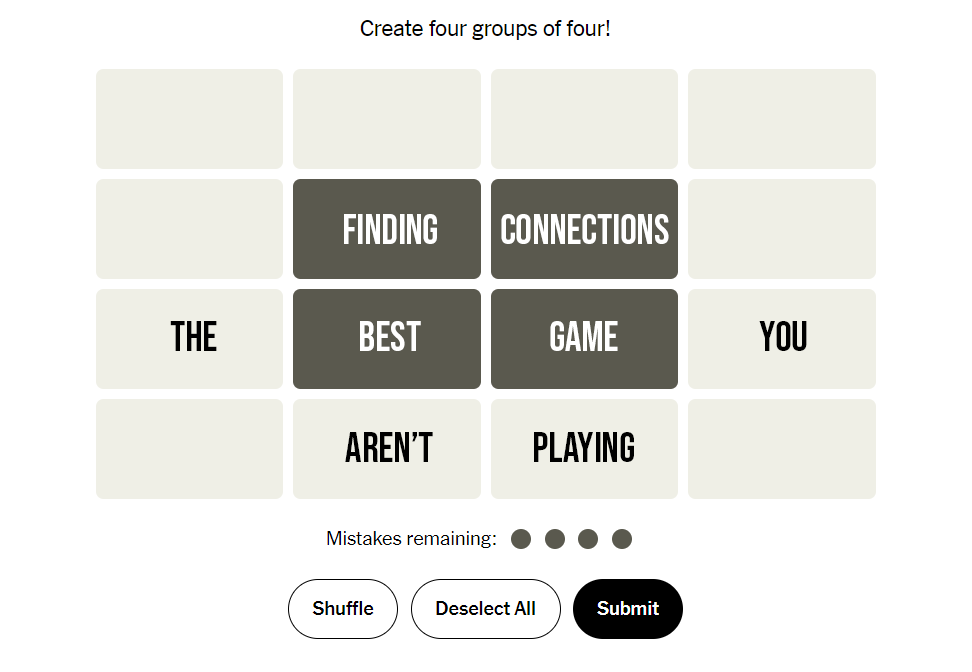
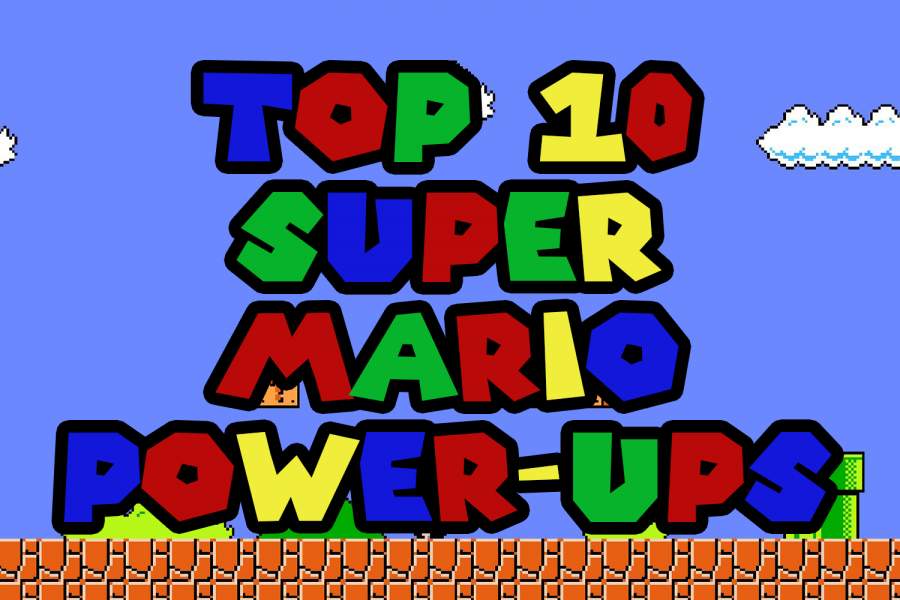
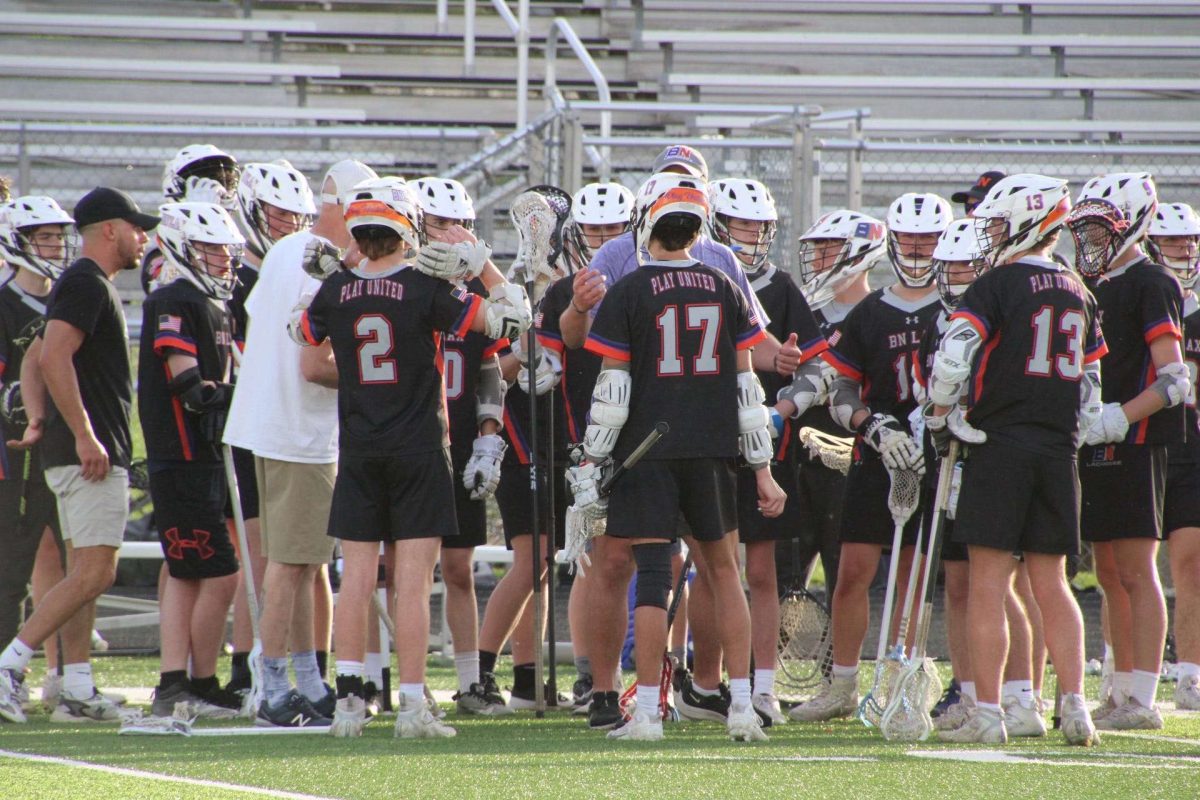

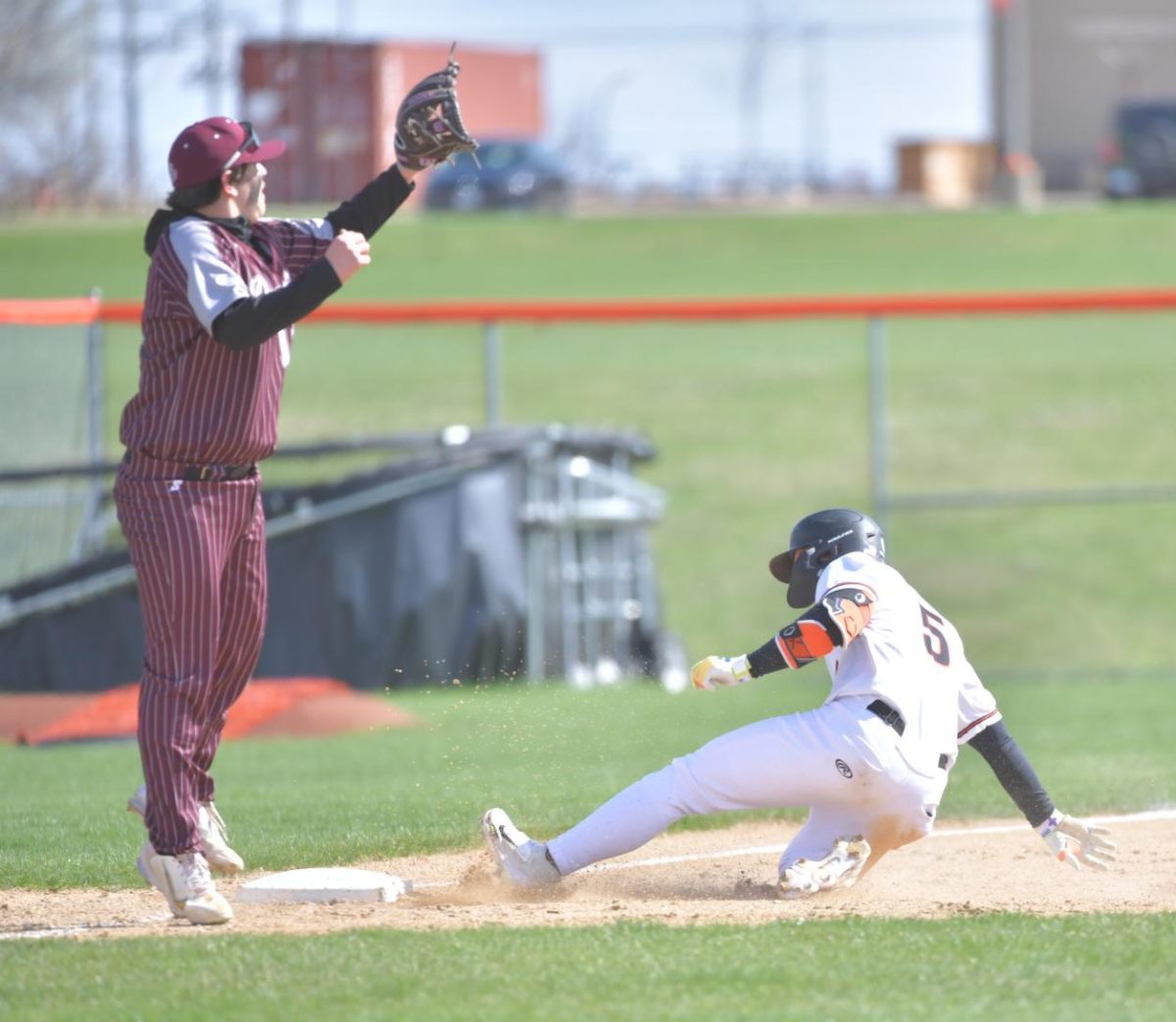
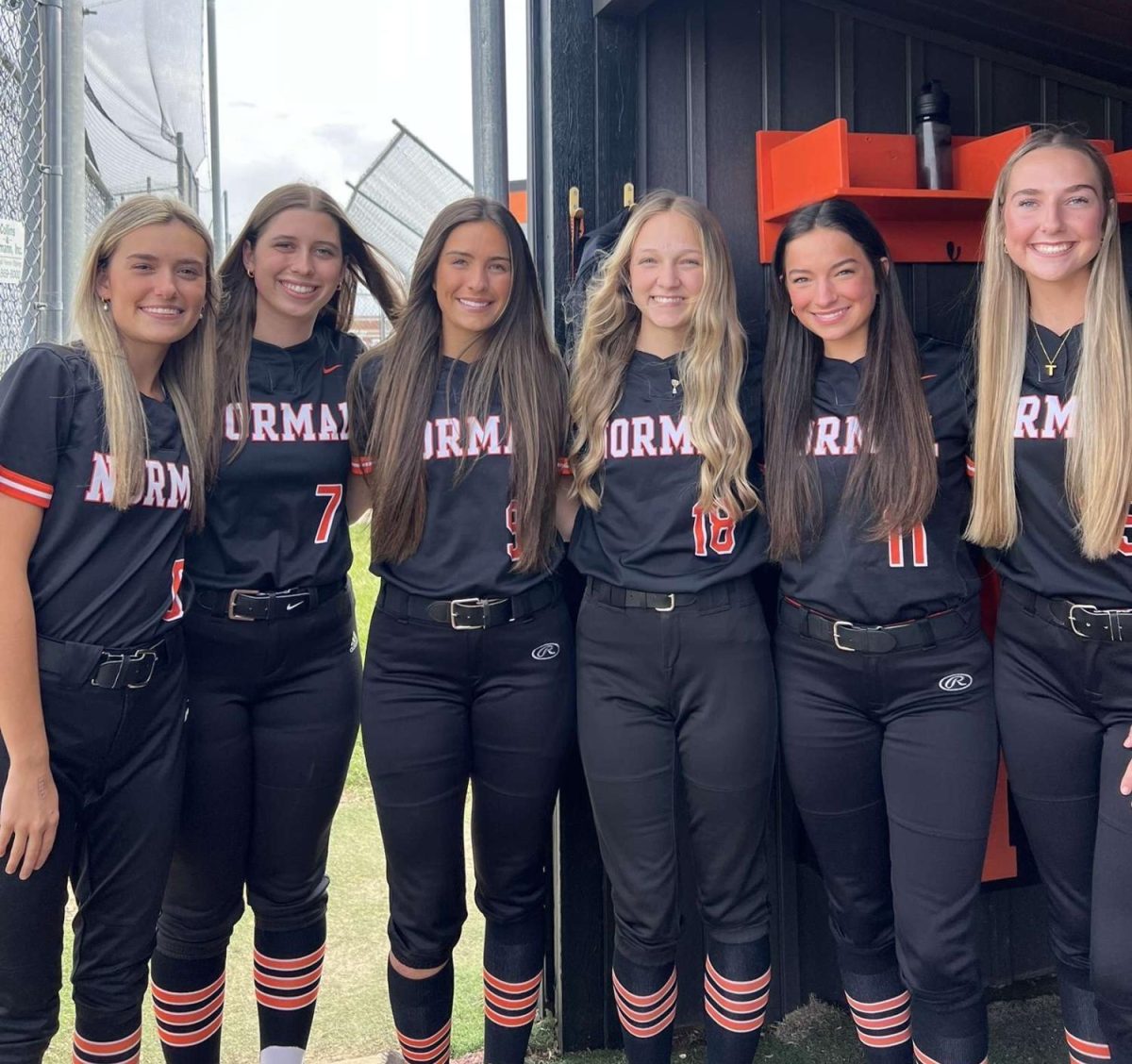
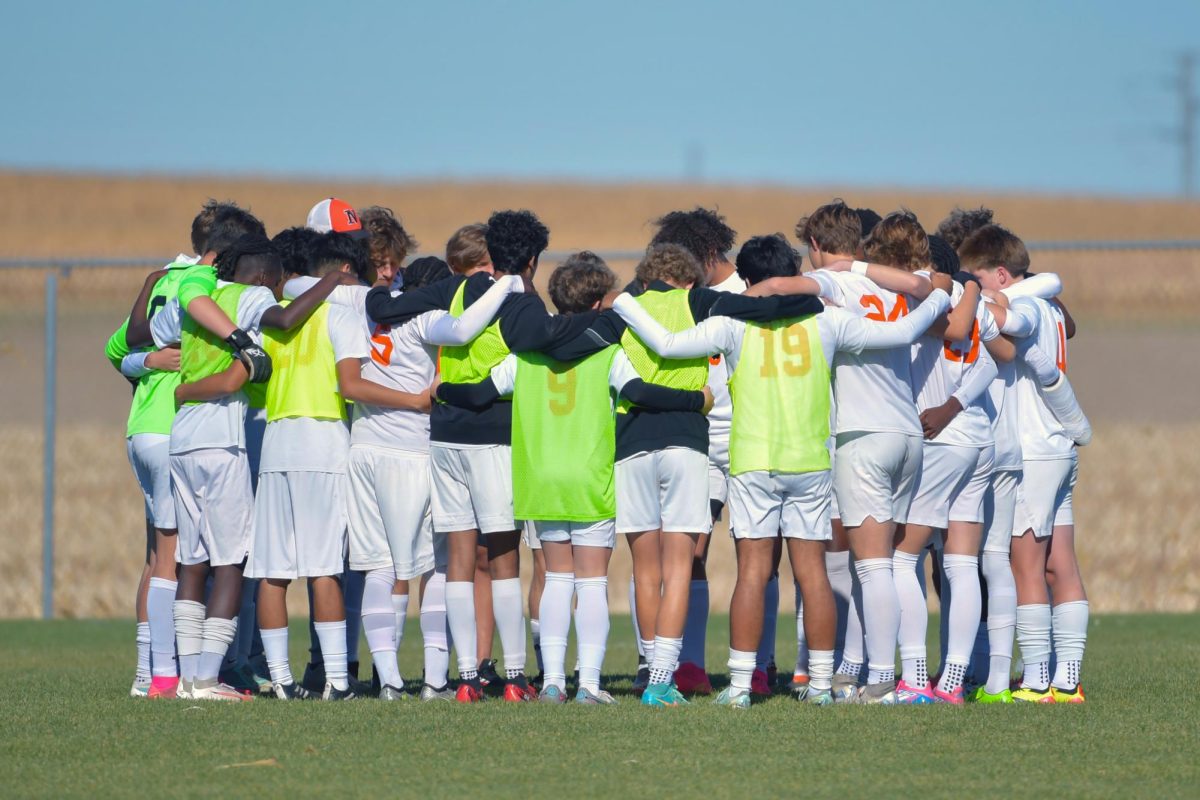
![Coach Drengwitz on the loss to Mt. Carmel, 2024 season [video]](https://nchsinkspot.com/wp-content/uploads/2024/11/Postseason-presser-feature-1200x800.png)
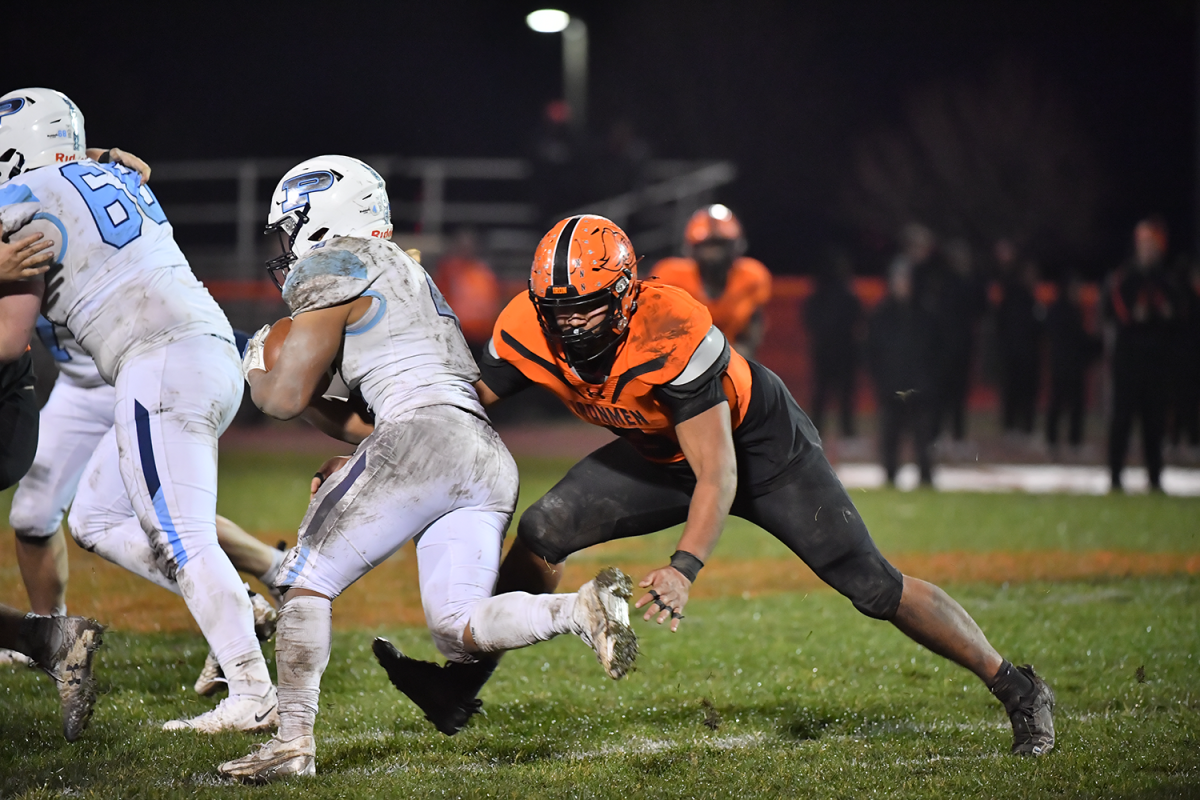
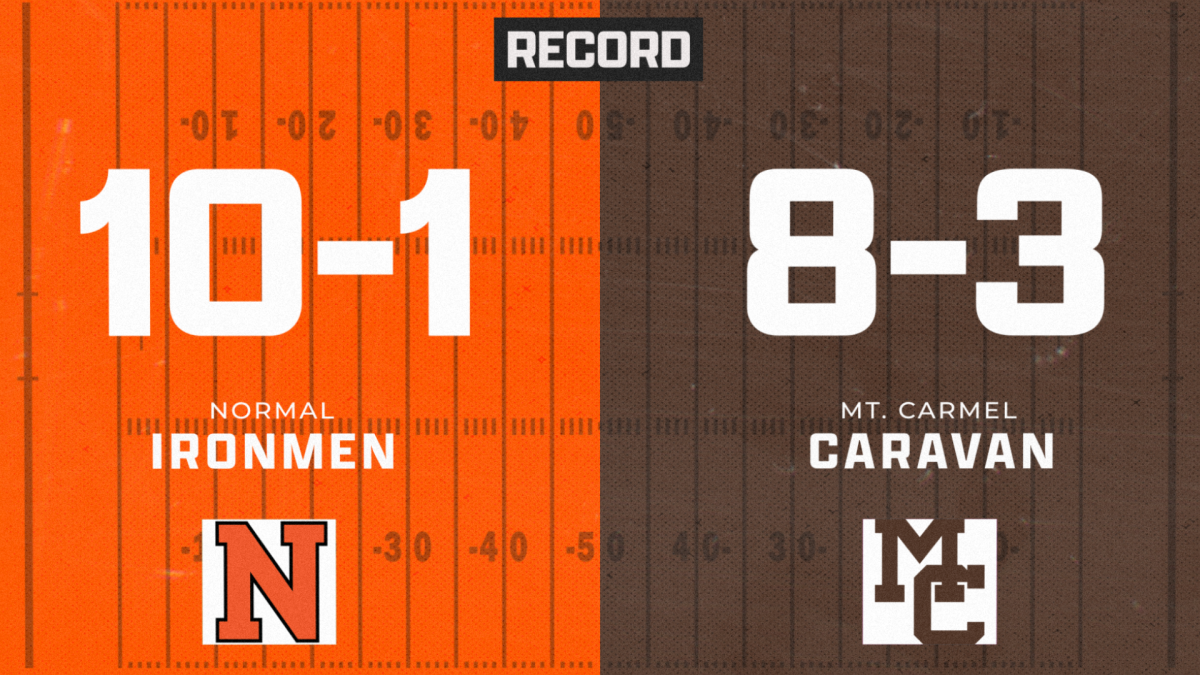
![IHSA 7A Football Playoffs Quarterfinals: Ironmen head coach on facing the Mt. Carmel Caravan [video]](https://nchsinkspot.com/wp-content/uploads/2024/11/0w12-web-feature-1200x800.png)

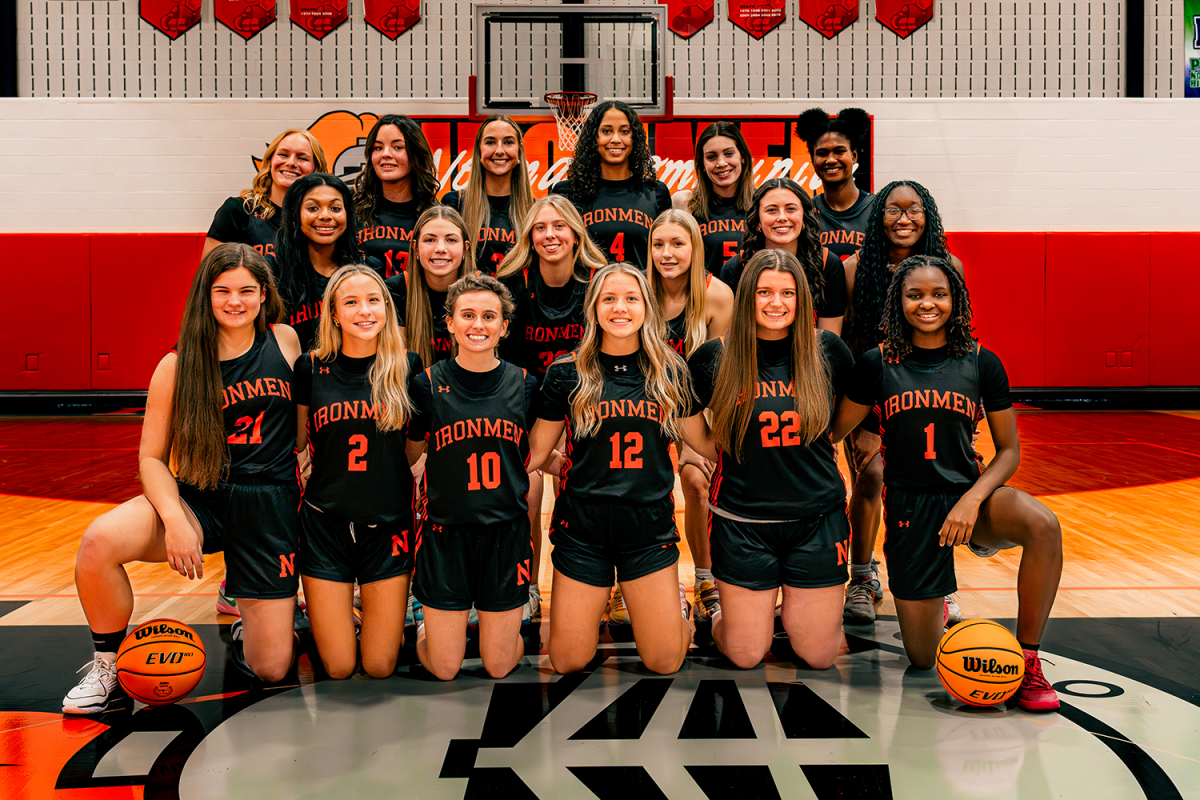
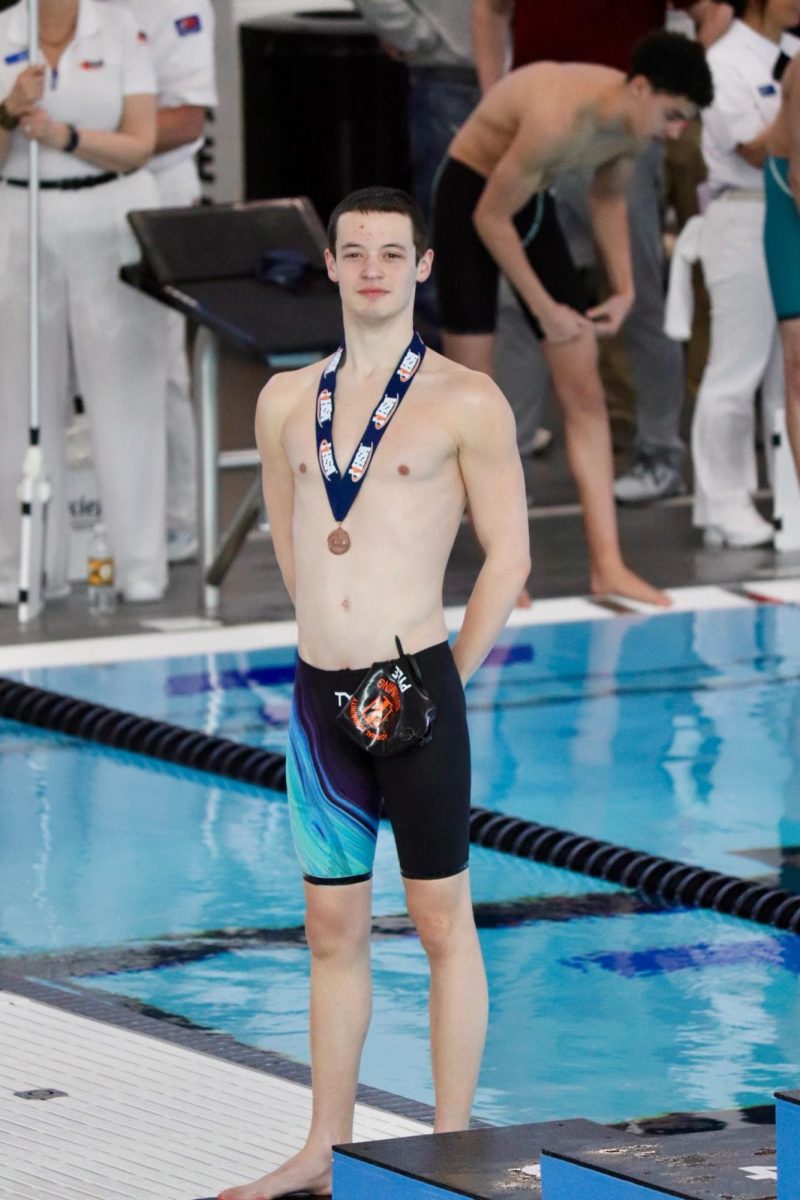
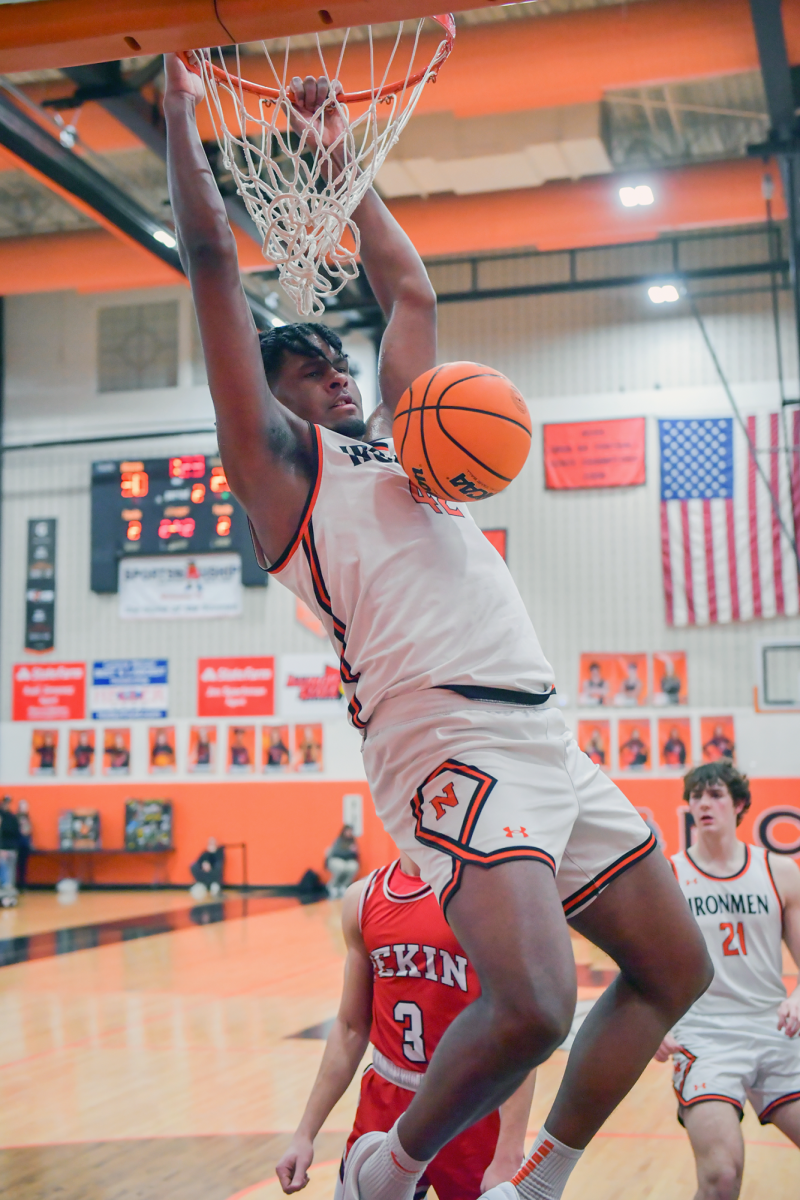
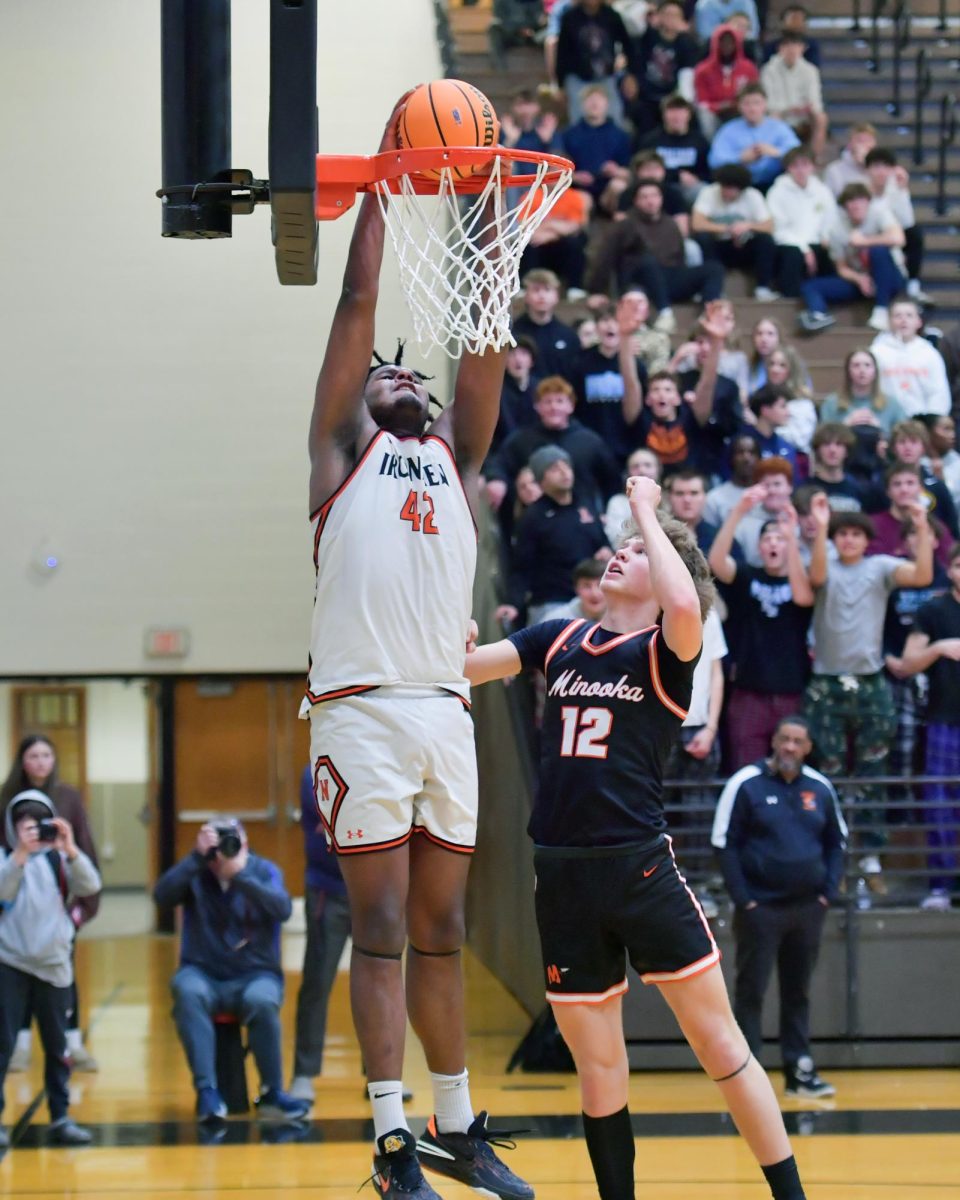
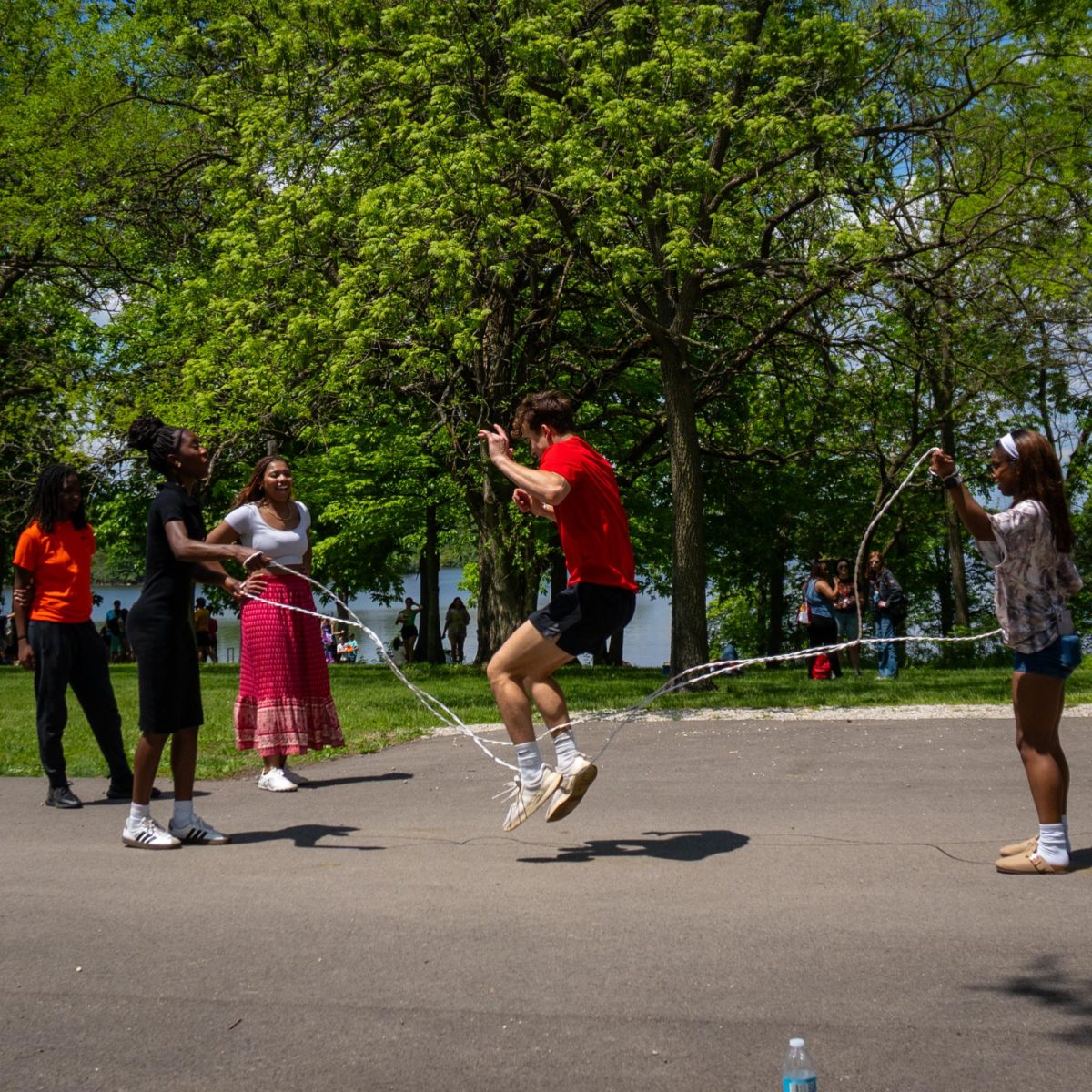
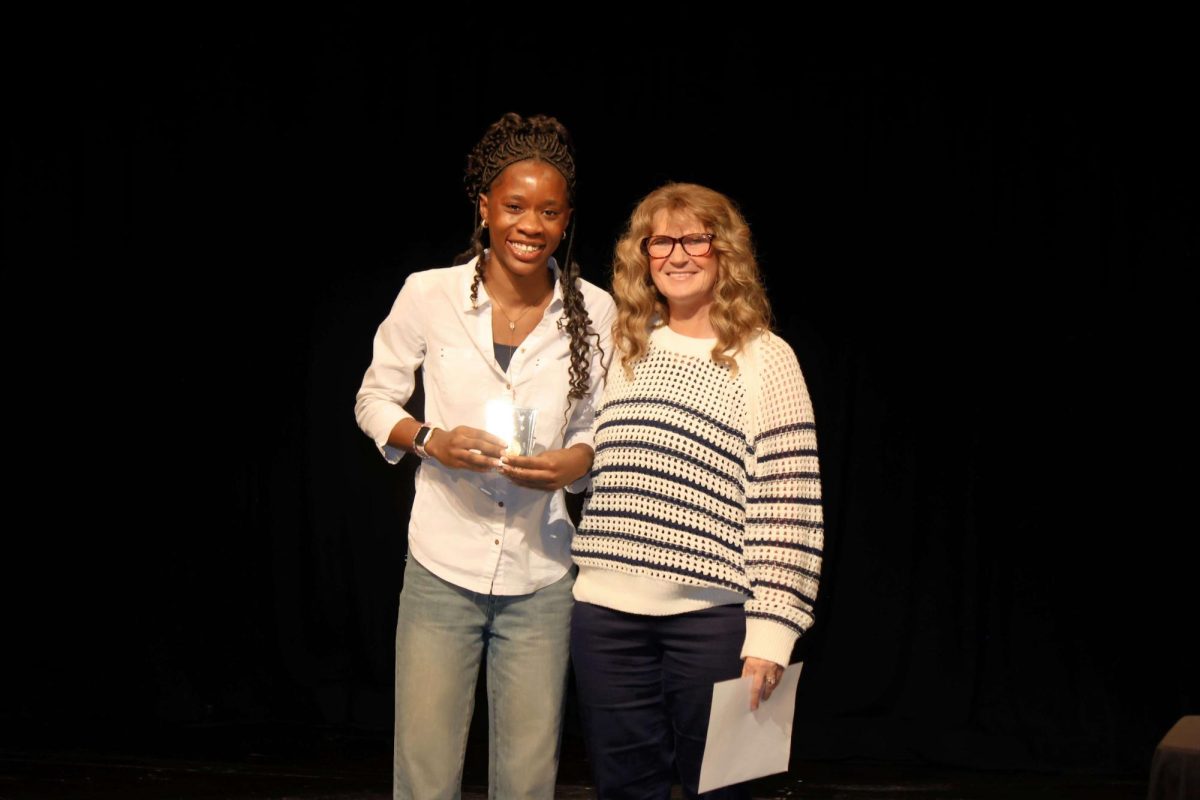
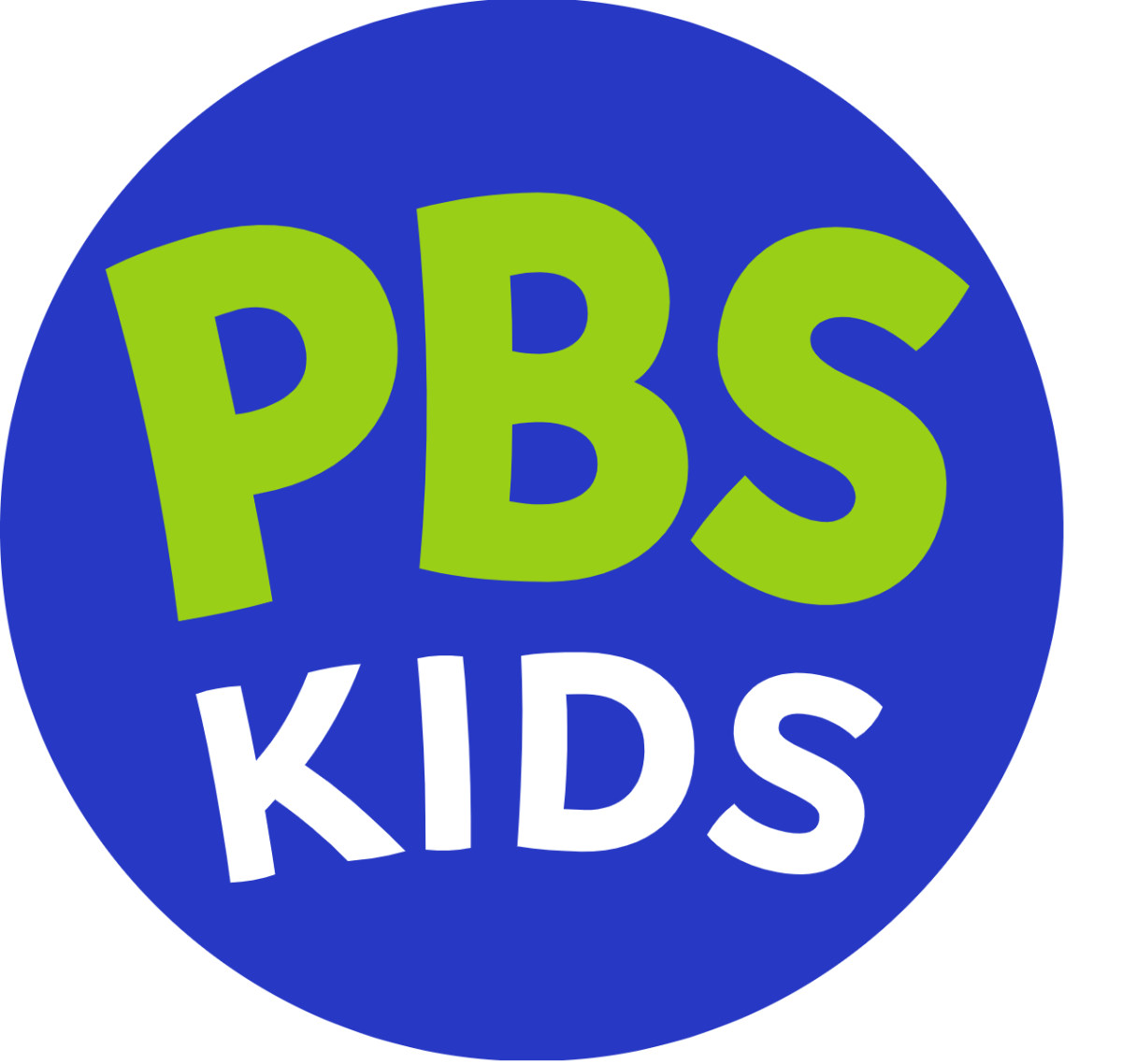

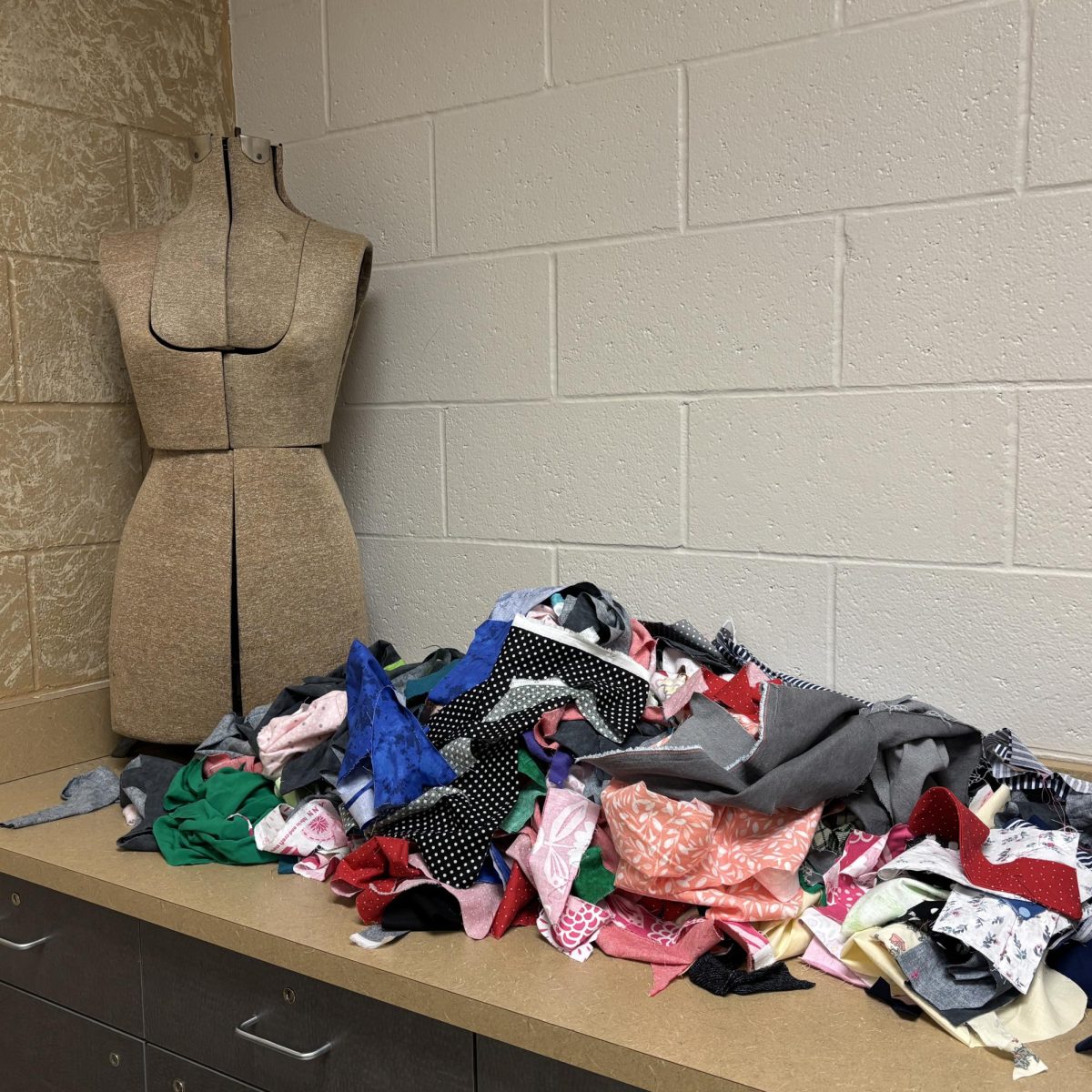
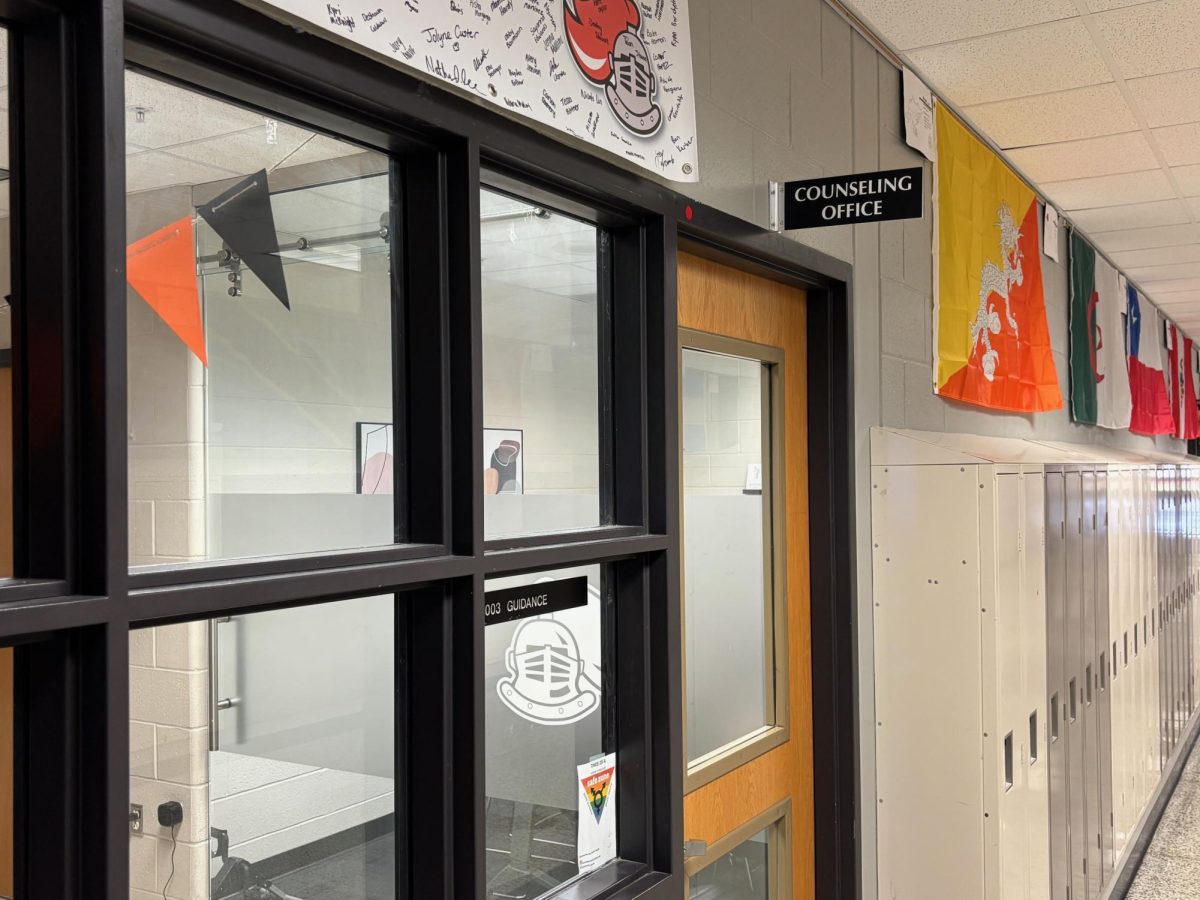
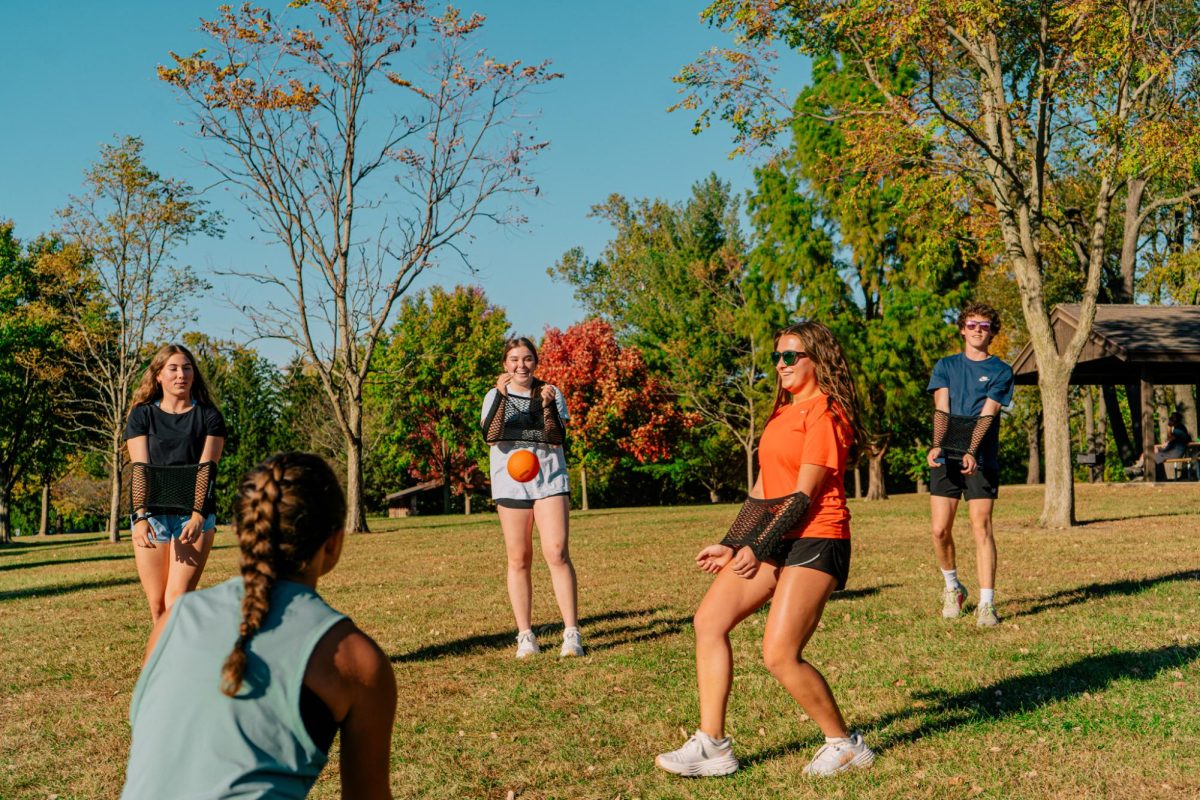
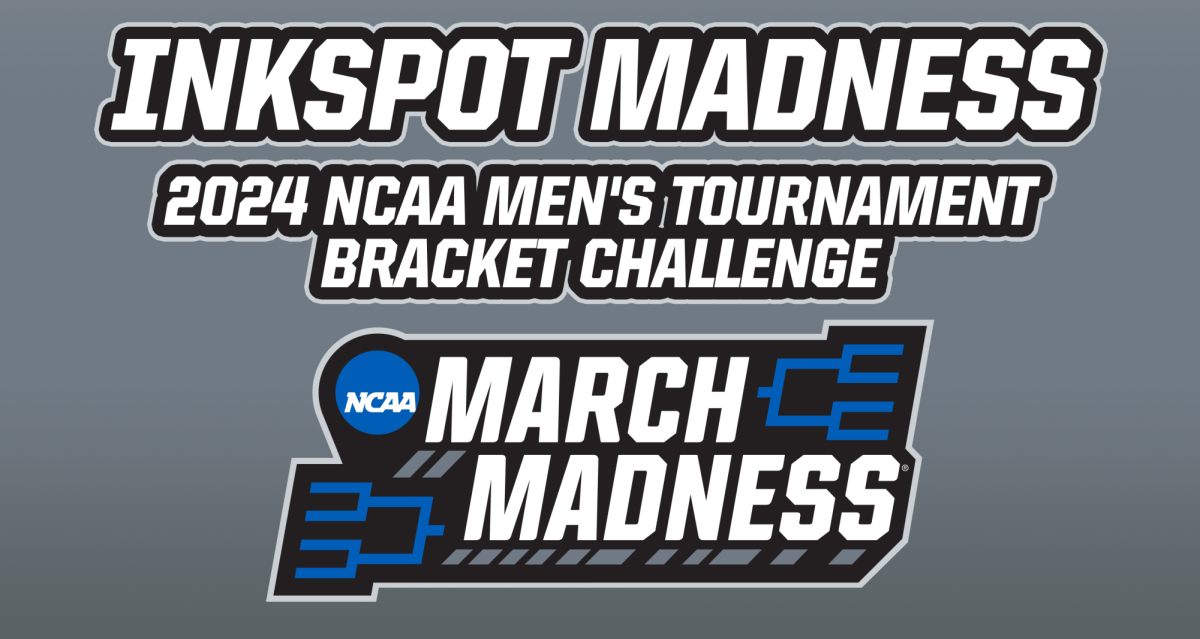
![Halloween candy cross section quiz [quiz]](https://nchsinkspot.com/wp-content/uploads/2022/10/Candy-cover-big-900x675.png)
![Average Jonah? [quiz]](https://nchsinkspot.com/wp-content/uploads/2022/05/average-jonah-900x600.png)

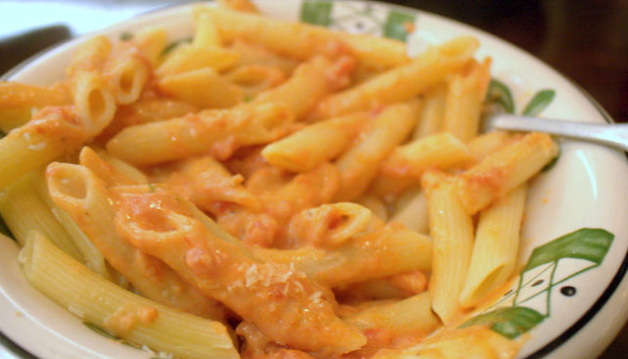
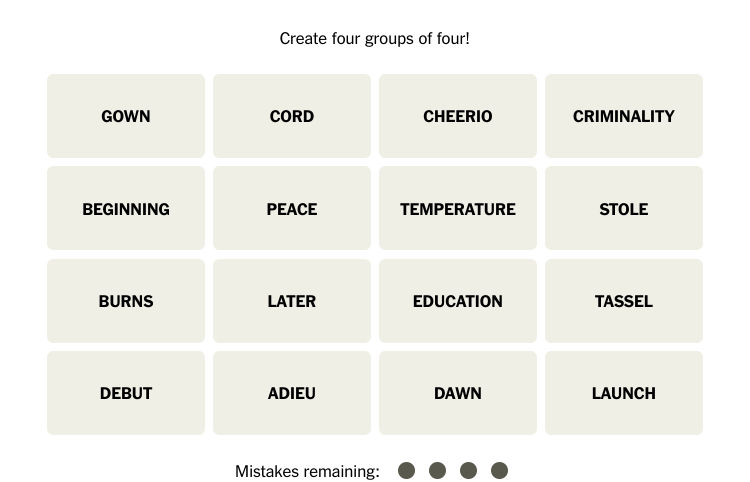
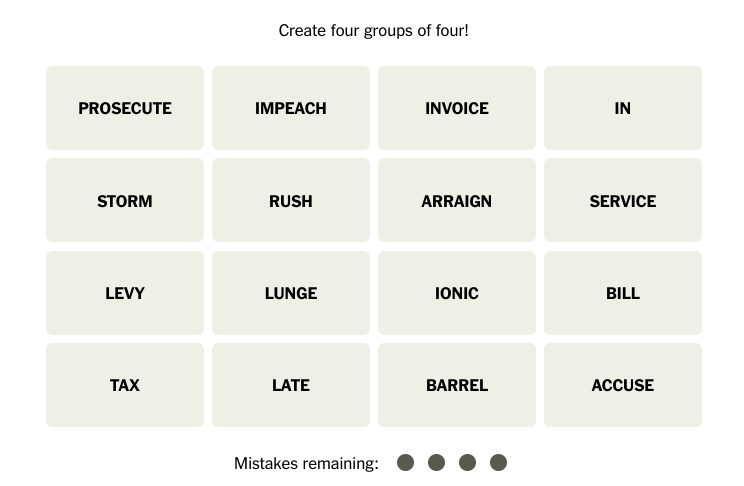
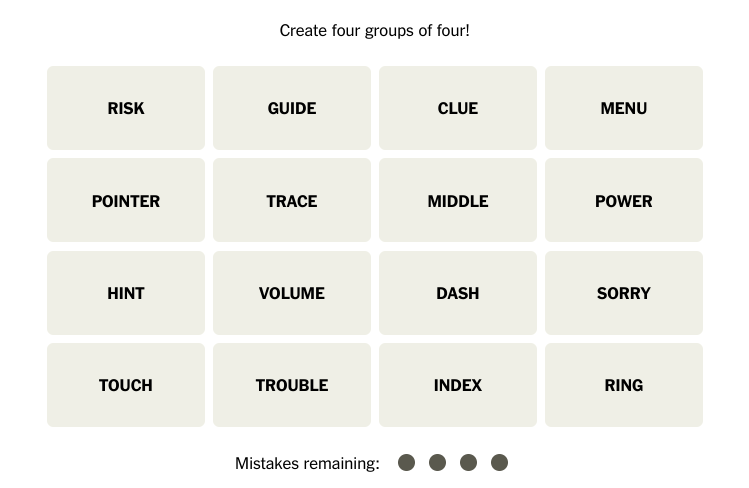
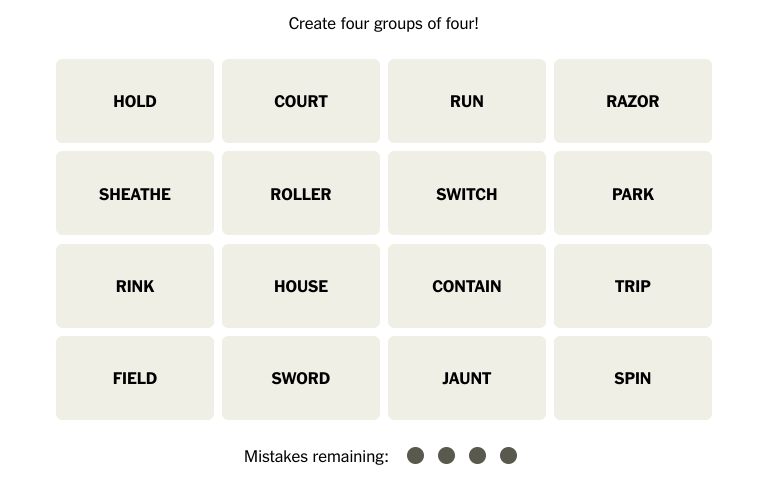
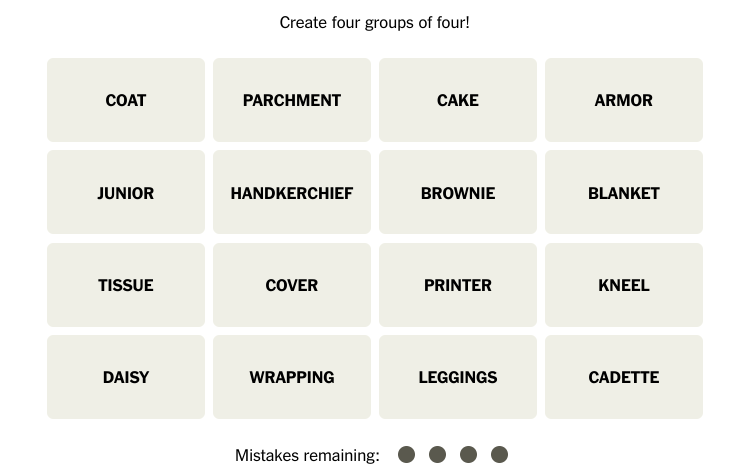

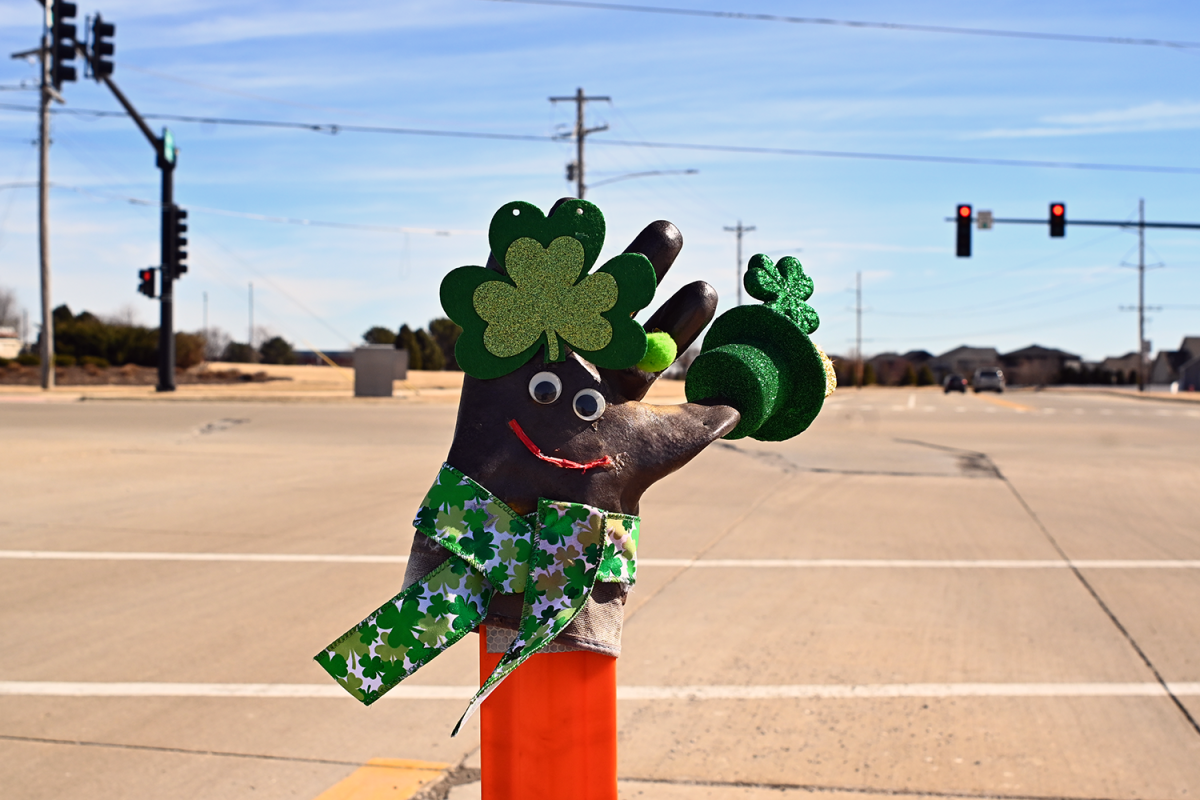


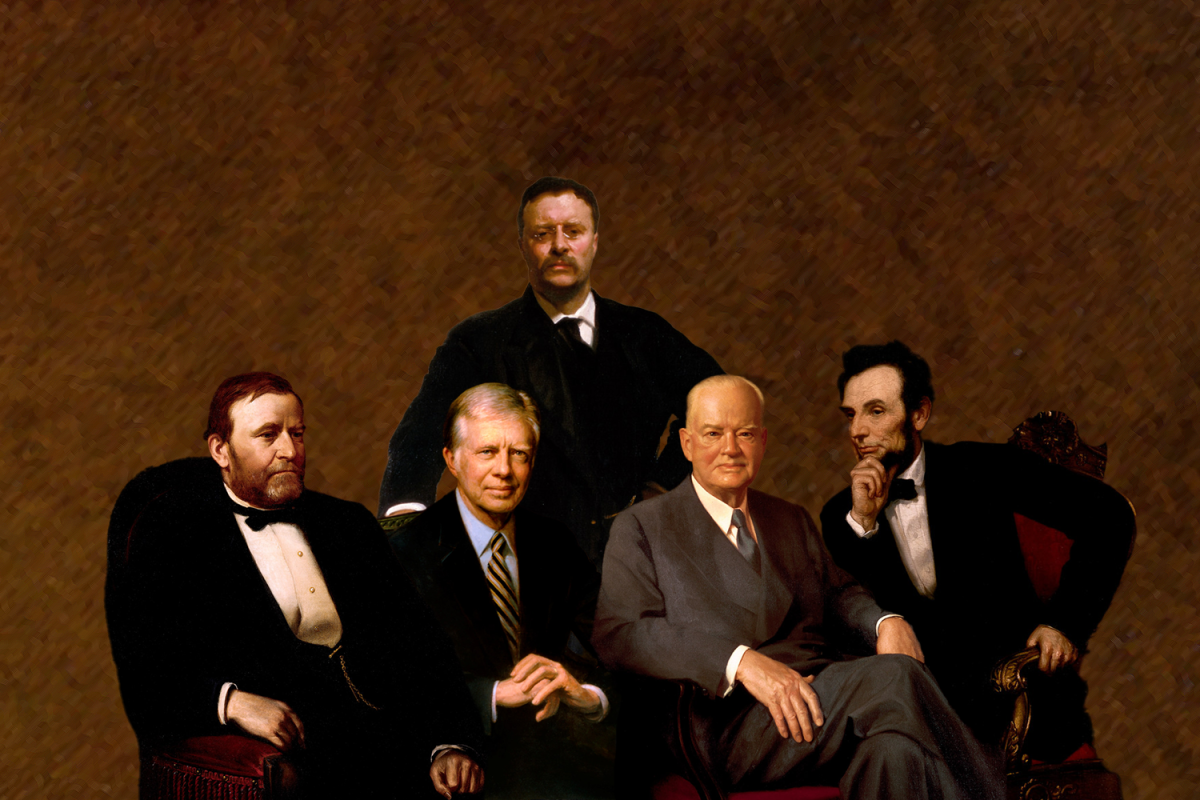

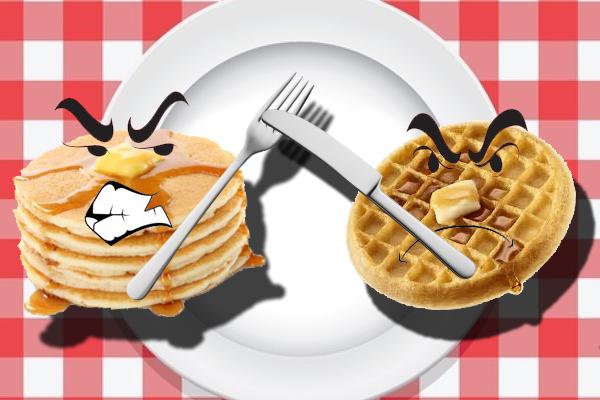
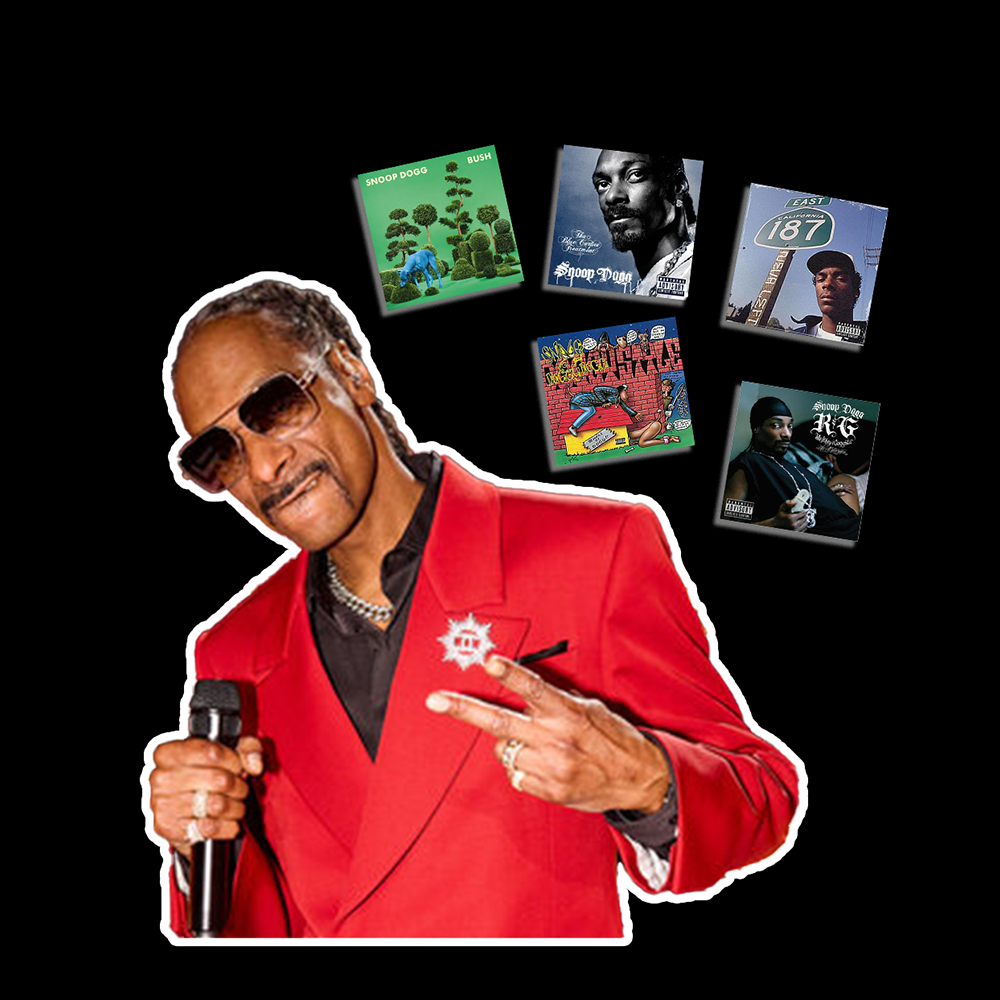

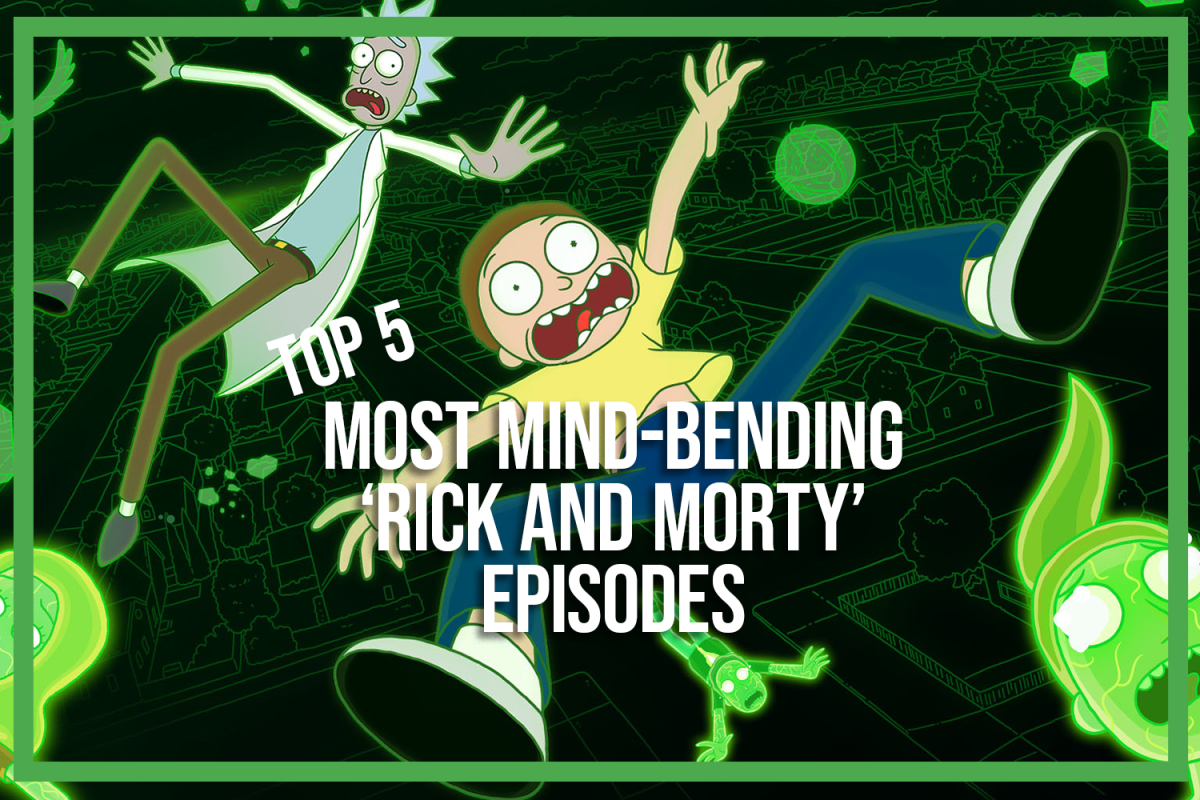
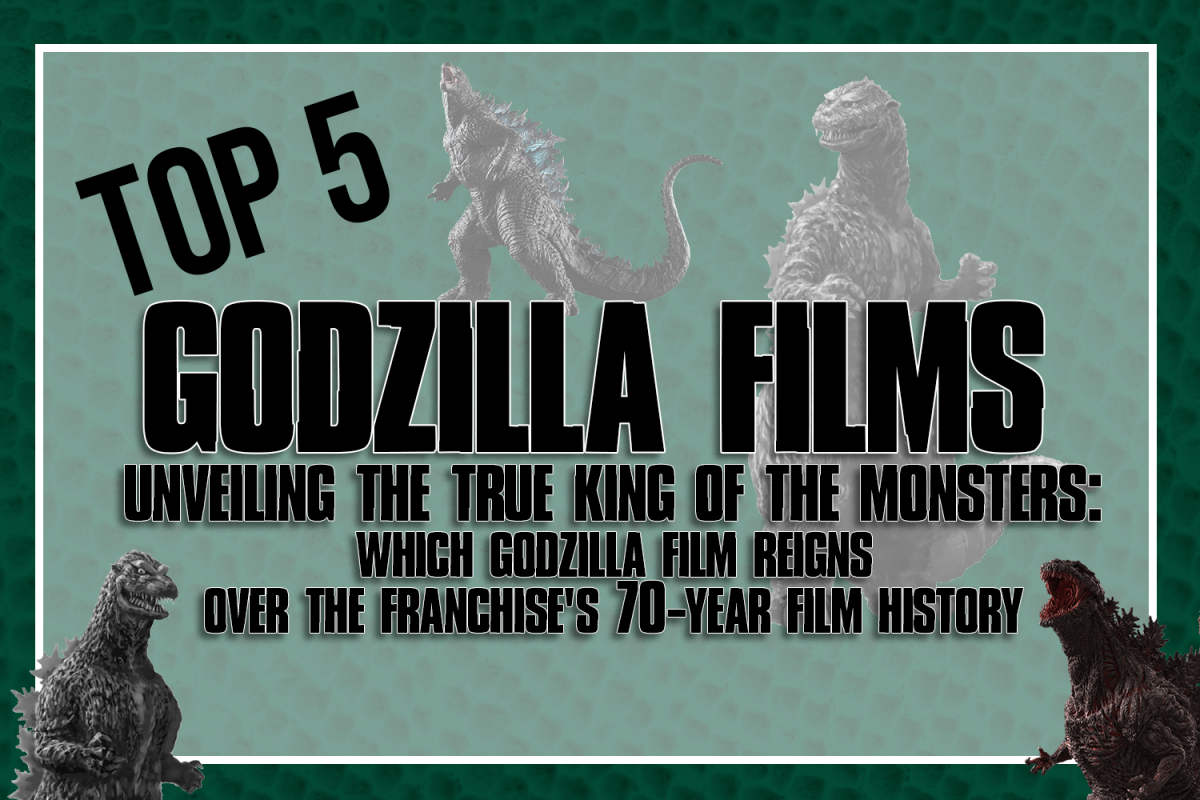




![Cell phone ban in schools? Community responds to proposed legislation [video]](https://nchsinkspot.com/wp-content/uploads/2025/04/Sequence.00_01_09_19.Still001-1200x675.png)
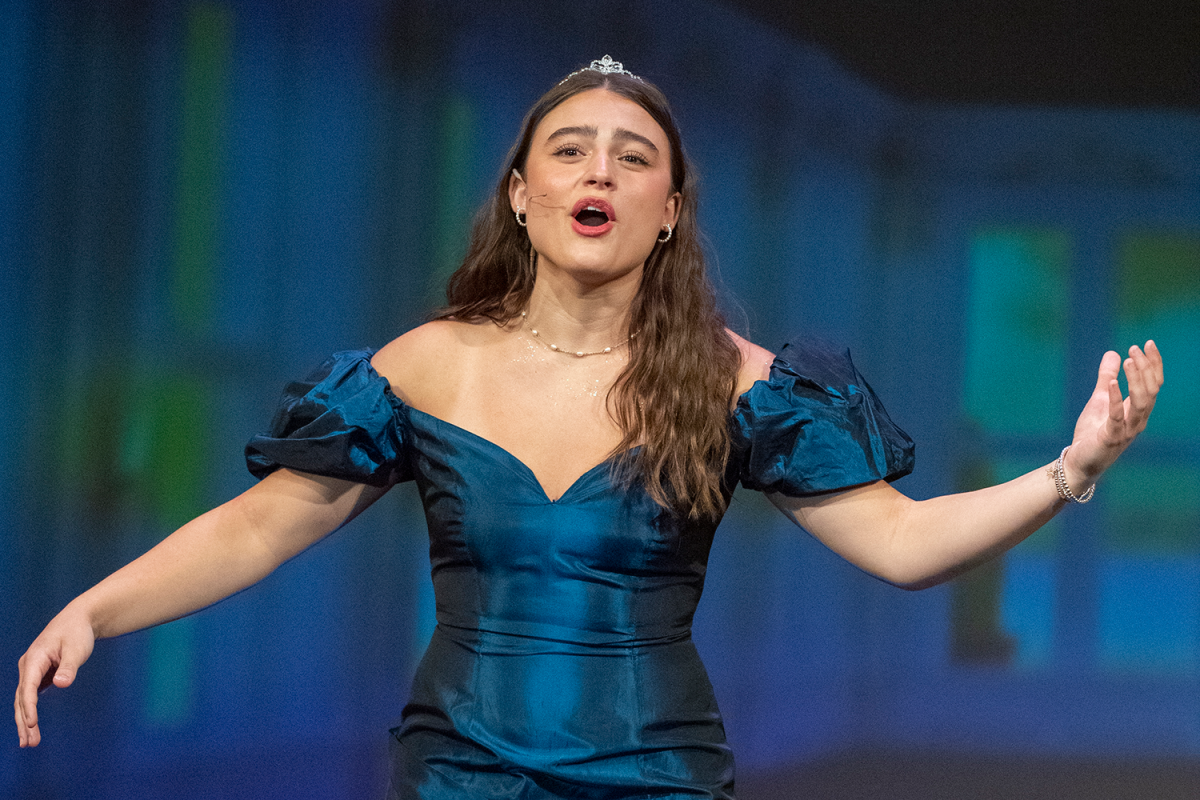


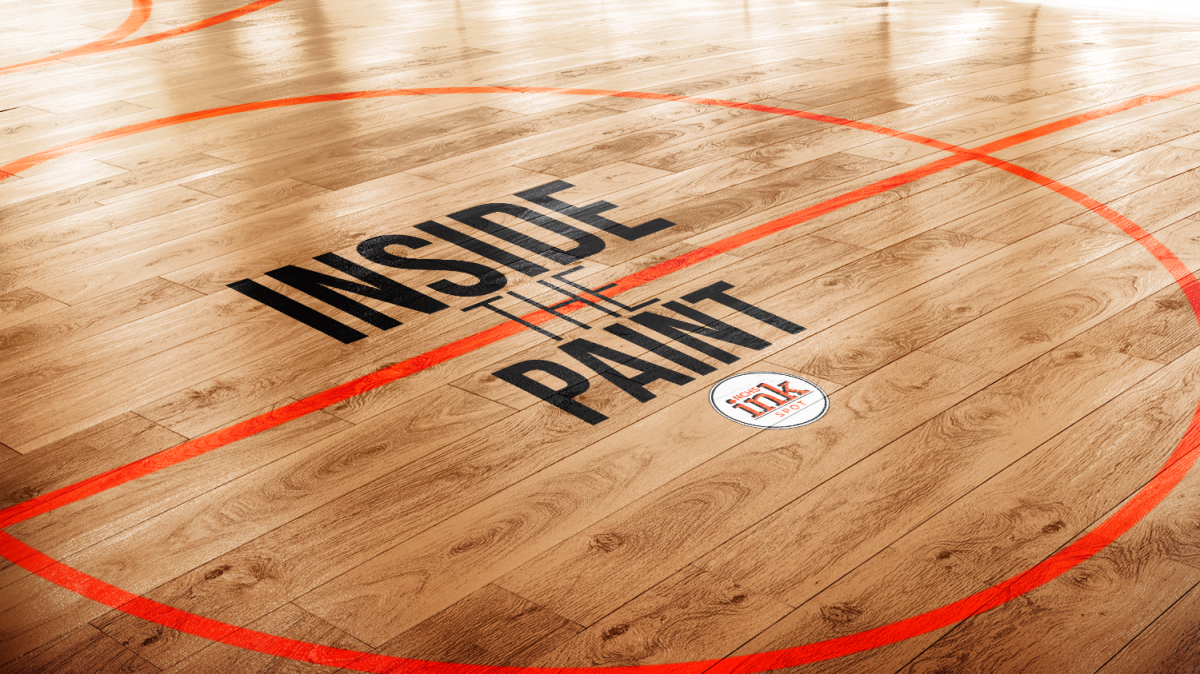
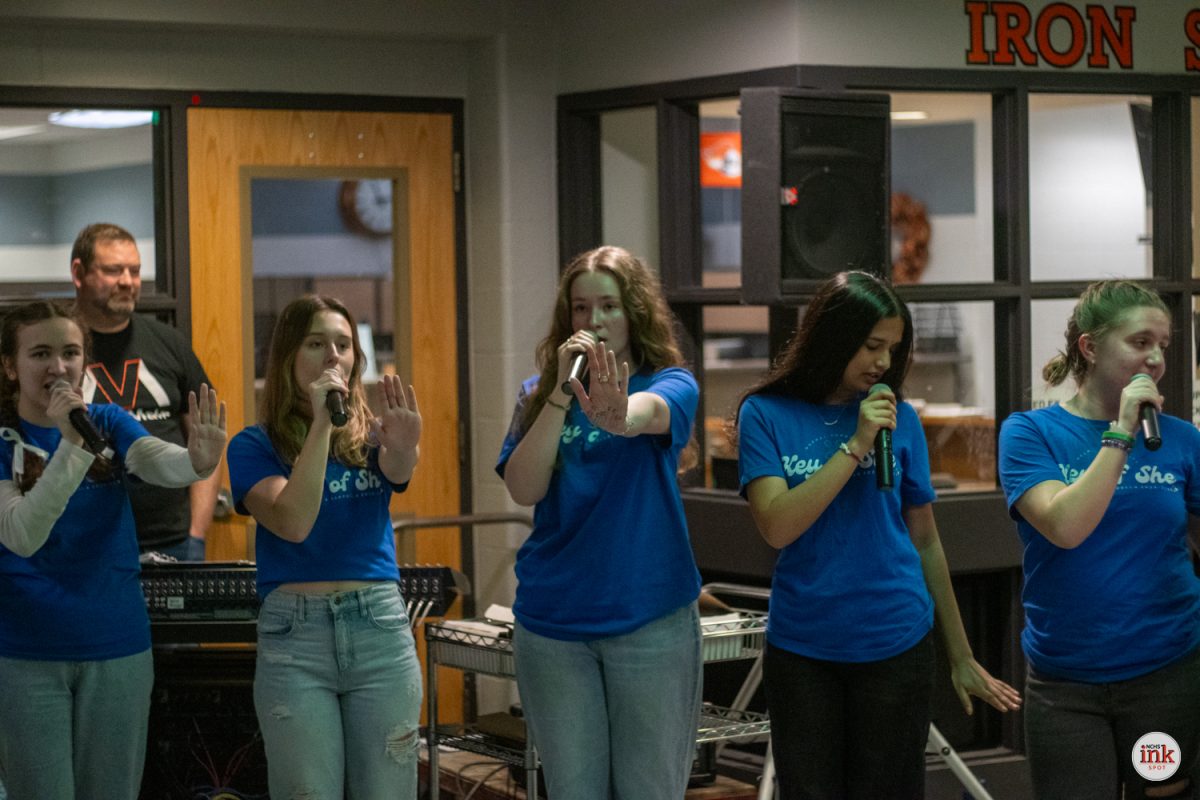
![Ironmen spring sports update: April 9 [video]](https://nchsinkspot.com/wp-content/uploads/2025/04/sports-recap-square-1200x1200.png)
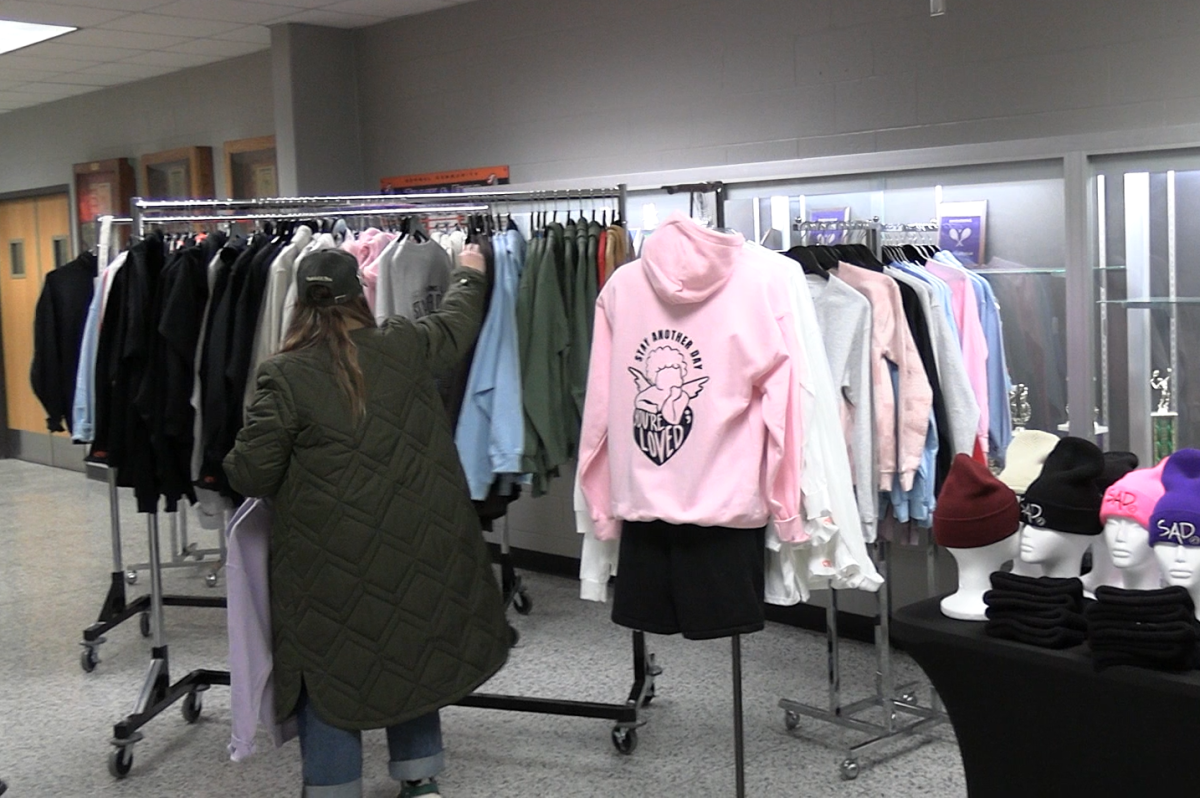
![Ironmen in the hunt: Coach Feeney talks Big 12 Title race ahead of PND matchup [video]](https://nchsinkspot.com/wp-content/uploads/2025/01/feeney-1200x675.png)
![On the Spot: This or That – Halloween [video]](https://nchsinkspot.com/wp-content/uploads/2024/10/tot-Halloween-YT-1200x675.png)
![On the Spot: This or That – Fall favorites [video]](https://nchsinkspot.com/wp-content/uploads/2024/10/ots-fall-web-1200x800.png)
![On the Spot – Teachers tested on 2023’s hottest words [video]](https://nchsinkspot.com/wp-content/uploads/2024/01/On-the-Spot-Teachers-tested-1200x675.png)

